Mazda 3 review and buyer's guide
Mazda3 should make you reconsider that big, pricey SUV or the long list of overpriced prestige German cars. If you’re money smart, you’ll put this sensible, stylish small hatch or sedan on your shortlist for a test drive.
The Mazda 3 is looking even more appealing in these tight economic times, and just happens to be drop-dead gorgeous.
Like all long-term relationships, getting this new car purchasing decision wrong can be an expensive mistake these days.
So in this report, you’ll get a thorough understanding about why the Mazda 3 remains one of the most popular cars in Australia and just how it could make sense as your next new family transport.
The Mazda 3 range has the latest generation of SkyActiv engines, which have become known for their fuel efficiency and good power outputs. There’s two choices for powertrain, something increasingly rare these days, especially in the small car category where one engine is all you get in the Impreza, Suzuki Swift, Toyota Corolla and the MG3.
It’s also nice to have an aspirational engine in the range, something that actually makes the driving experience better when you pay more for the top-spec version. In lots of others vehicles, you pay more, get the same engine as the poverty pack, and it ends up being slower because all they’ve done is add weight to the same little engine, which now also consumes more fuel for now return. Not here in the Mazda 3.
But it’s Mazda’s interiors that are the stars of the show, because they slap German prestige in the face, so to speak, by offering you a quantifiably premium cabin to sit in - which is the only part of the car you’re actually going to interact with on a daily basis in a meaningful way.
The Mazda 3 offers what they call the ‘G20’, meaning the 2.0-litre four-cylinder petrol engine, or the ‘G25’, meaning the hotter 2.5-litre engine. Both engines will happily run on 91 RON all day. None of that rip-off premium stuff here.
The model grades are called: ‘Pure’, ‘Evolve’, ‘Touring’, ‘GT’ and ‘Astina’. While there are arguably too many model grades, the positive here is that you at least have choice. The two powertrains, the 2.0-litre and 2.5-litre, are SkyActiv-G engines, meaning Mazda’s pioneering engine technology using ‘stratified charge compression ignition’. If you don’t know what that means, there’s a detailed explanation coming up in the ‘Engine’ chapter of this review.
From the outset here, you ought to test drive the Mazda3 before any others on your shortlist. Because once you get a first-hand understanding how good this SkyActiv-G engine is, you may not go back. Or at least, you might be less inclined to mistakenly buy a Volkswagen or something.
Anywho, they’re calling the Mazda3 line-up ‘G20’' and ‘G25’, which divides the range in half, effectively.
The first half, ‘Pure’, ‘Evolve’ and ‘Touring’ are available with the G20 (2.0-litre).
The second half of the range, ‘Evolve’, ‘GT’ and ‘Astina’ are available with the G25 engine.
In other words, there’s a choice of G20 and G25 with Evolve. Pure and Touring are G20-only and GT and Astina are G25-only.
Pricing has gone up over the years, as with everything else, but it’s only gone up slightly. At entry level, Pure is $2000 at the entry level, and about $2500 at the top - and that’s probably held back sales somewhat since it launched last year. Especially at the entry level, which is very price-sensitive indeed, and with Kia in particular very aggressive with pricing across the Cerato range right now. At least Apple CarPlay and Android Auto are finally standard in a new Mazda3.
There’s lots of high-strength steel, especially the tricky new 1310 MPa cold-stamped stuff that’s frankly a pretty sexy Mazda engineering development in its own right. So that’s nice. Click here for the full metallurgy orgy >>
What was once a Mazda Achilles’ heel, noise vibration and harshness, the company completely overcame with the 3 and their subsequent SUVs. There’s all the expected safety and convenience tech here too, such as radar cruise control (with stop/go functionality in traffic), auto emergency braking, lane departure and forward obstruction warning: all standard.
So, all up the Mazda3 is not just incrementally better than its minimalist design and proportions suggest, it’s also packing a performance-oriented proverbial iron fist in a velvet glove.
FEATURES & PRICING
It depends on what you’re looking for in your Mazda3, but if you want the sedan for practical reasons, and if money’s something of an object here, the G25 Evolve is your best value option.
It’s got the more powerful 2.5-litre engine and subsequently it’ll go so much better than the 2.0-litre G20, but for no significant increase in overall weight.
And with that, you can tick the $1500 ‘Vision Pack’ which adds the very useful 360-degree camera system for ultimate parking nirvana, front cross-traffic alert so you don’t plow over any kids (frowned upon these days, I know), and front parking sensors to stop you ripping off the stone guard or peeling off that lovely front bumper on high kerbs (that’s expensive). You’ll also get the drive monitoring system which might save your life or someone else’s if you’re unfortunate enough to nod-off behind the wheel or take your eyes off the road at exactly the wrong moment.
The G35 Evolve with vision pack will keep you under $38,000, or you can let my crack team of skilled dealer bullshit negotiators do the dirty work. Dealer salespeople are apex predators and can be hard to slice and dice if you’re not match fit - because they are definitely match fit, ready to gut you if you drop your guard. But at the time they’ll seem like your best mate.
The G25 Evolve will leave you without the following in GT or Astina:
Sunroof - this is Australia, the skin cancer capital of the world - you won’t miss out on your dose of UVA and UVB to the bald patch your wife hasn’t point out to you yet
Auto-folding, heated exterior mirrors - Again, this is Australia. You can live without heated mirrors. You just can. Wipe them with a finger if the dew gets malicious.
Bose® premium audio - If the loudest, fattest beats are the single most important thing in your life right now, you’re (probably) buying the wrong car.
Heated seats + steering wheel - Geoscience Australia will tell you, apart from Antarctica where everything freezes, we’re the driest continent on the planet. You’ve got climate control, get over it. If you live in Hobart or up on Mount Kosciusko, then fair enough.
Adaptive LED headlights - You have LED headlights already, they just don’t swivel with the steering wheel. You’ll live.
This is a small compromise to keep a further $7000 from falling into a Mazda dealer’s pocket. It’s better in yours, right?
Think of everything you can buy with seven grand right now.
If however, you’re not limited by kids, luggage or something called a “budget”, the G25 GT or Astina are excellent value for sporty-hatch handling without shopping in the German aisle. They really don’t offer a $30,000 improvement.
If you’re looking for ultimate driveability of the Mazda3, cutting out the sunroof will save you 12kg by sticking with the GT instead of the Astina. That’s a kerb weight of 1368kg versus 1380kg, in case you didn’t believe me. Same 18-inch charcoal alloys as the Evolve (although saving a couple of grand with the GT by also forsaking black alloys is worth it too). The GT means you still get the cylinder deactivation for low-load driving - freeways, idling etc - then you’ll also save a bit on emissions and still get a light car to tip into the corners.
And you can do your best to cause bleeding ears with your Bose speakers. Tick the Vision Pack box if you want the 360 camera, front cross traffic alert, front parking sensors driver monitoring - which of course you do because those systems might save your life or someone else’s. You don’t get many second chances in life, and these features might give you or the innocent third party one.
Moving left-to-right, let’s see how the range progresses in terms of basic equipment. Prices aforementioned in this report, and keep in mind this is only looking at the hatch and defaults to the automatic transmission. It does not include the $1500 Vision Pack >> which I recommend and includes, as previously discussed:
360° camera
Cruising & Traffic Support (CTS): “assists with driver fatigue by automatically operating the accelerator and brake pedals to maintain a proper trailing distance between you and the vehicle ahead” -Mazda Australia
Driver monitoring
Front Cross Traffic Alert (FCTA)
Front parking sensors
So, from here, it’s just a matter of seeing which Mazda 3, either hatch or sedan, works for you.
Hatch adds about $500 to each respective variant from the new G25 Evolve up to G25 Astina. So you’ll want to decide which body shape is your priority, and what respective spec-level you can A) afford and B) live with. If you don’t need all the trimmings (we’ll get to those) then consider if the Touring will be enough. On the balance of probability (or if budget is a bit tight), I’d suggest it would.
The whole range starts at $29,500 and stretches out to $42,500.
The sedan offers 444 litres of boot space - 149 litres more than the 295L in the hatch. So if you need family transport, I strongly urge you to get the sedan - and if you’re shopping for a CX-5 and claim you need boot space, the Mazda 3 sedan will still offer you more storage. There’s a reason most people don’t need an SUV for family duties >>
Even wheelbase in the Mazda 3 sedan (and hatch) is 2725mm - and extra 25mm more than the CX-5, which means marginally more cabin space than the more expensive, supposedly more commodious SUV. How many times have you been on a plane and wished you had just 2.5cm more legroom?
G20 Pure
8.8-inch infotainment screen
Radar cruise
Satnav + DAB+ digital radio
2.0L petrol 4cyl (114kW@6000rpm / 200Nm@4000rpm)
Six-speed auto/manual
16-inch alloys + 205/60 tyres (space saver spare)
LED headlights & taillights
Apple CarPlay / Android Auto
Cloth seats
295L boot space
8 speakers
6 airbags incl. knee
Drive attention alert, blind spot monitoring, lane departure warning & lane keeping,
Rear parking sensors & rear cross-traffic alert
Reversing camera
Bluetooth
Electric park brake
Multi-function 'Commander Control' dial
Push-button engine start
Automatic emergency braking
G20 Evolve adds (to Pure):
Paddle shift (auto only)
Dual-zone climate control with rear vents
18-inch alloys + 215/45 tyres (space saver spare)
Dual-zone climate control
Leather steering wheel
G20 Touring adds (to Evolve):
18-inch alloy wheels with 215/50 tyres
Driver seats: powered + lumbar adjustment
Leather seats
Auto-dimming driver’s door mirror
Keyless entry
G25 Evolve adds (to Touring):
2.5l 4-cyl petrol (139kW / 252Nm)
Cloth trim (either black or white)
Cylinder deactivation
Power adjusted, auto-fold door mirrors (loses auto-dim)
G25 GT adds (to Evolve):
Heated seats & steering wheel
Auto-dimming driver’s door mirror (they’re back)
Leather seats
Bose sound system, 12 speakers
G25 Astina adds (to GT):
Power sunroof
Kerb weight 1380kg
LED running lights
Vision Pack standard:
360-degree camera
Cruising & Traffic Support
Driver monitoring
Front cross-traffic alert
Adaptive LED headlamps (turn with the steering wheel)
Front parking sensors
MAIN COMPETITORS
SUBARU IMPREZA
Brilliantly to drive in dodgy conditions, very well equipped and practical, especially for rural buyers.
Less power: 115kW @ 6000 RPM (vs 139kW ‘G25’)
Little bit heavier: 1472kg kerb (incl. 50L fuel tank)
Similar on emissions: 170g per km
Decent claimed fuel economy: 7.5L per 100km (combined cycle)
Similarly small boot: 291 litres | Mazda 3: 297 litres
Comments: Good driving dynamics, more comfortable than i30 N-Line or Cerato GT thanks to softer suspension, and better grip in the wet thanks to AWD (everything else is front-wheel drive).
The CVT is smooth and intuitive, but not quite as good in stop-start traffic as Mazda’s auto transmission. Fantastic driver-focused ergonomics and controls. Big touchscreen is a bit love/hate. Great build quality, effective safety equiment.
Click here for more on Subaru Impreza >>
HYUNDAI i30 N-LINE (hatch or sedan)
Arguably the best to drive in a spirited manner thanks to Hyundai’s N-Line tuning, bristling 1.6 turbo engine and robust, reliable driveline.
Great performance, plenty of power: 150kW @ 6000 RPM (power to weight ratio: 113kw/t)
39kg Lighter than Mazda 3 Astina: 1344kg kerb (N-Line hatch w/ DCT)
Similar on emissions: 170g per km
Great fuel economy: 6.6L per 100km (combined cycle)
Decent boot: 474 litres (sedan), 395L (hatch) | beats Mazda 3: 297 litres
Comments: Fantastic affordable performance car that goes better than its pricetag implies. This is lightyears away from the old Hyundai of the 1990s. A polished, grunty and supremely well-sorted platform with an engine that goes like stink - without being ridiculous and uncivilised.
The dual-clutch transmission is lightning quick to change and hard to confuse, but is not in its element during stop-start commutes. Try to avoid inching forward in traffic. Mazda’s auto transmission remains better in stop-start traffic. Unlike Subaru, offers a sedan or hatch body style and low-spec, more docile economy-focused entry level engine.
Click here for more on Hyundai i30 >>
KIA CERATO
Awesome value with GT but not quite as premium inside as Mazda 3 Astina.
GT is an attainable performance package with slightly dialled back prestige and despite having the same 1.6 turbo as i30 with the same 150kW, isn’t quite as hard-edged - but just as comfy and exciting to drive.
Available in sedan or hatch, Cerato GT is probably the closest match to the Mazda 3 on value.
Boot: 428 litres of luggage space
Fuel economy: 6.8 litres per 100km
Emissions: 158 g/km
Weight: 1432kg (GT hatch
Power: 150kW @ 6000 RPM (power-weight ratio: 107.5 kW/t)
Comment: Cerato GT is the one to go for here because you get plenty of the grunt you want from a ‘very warm’ hatch/sedan but even though it has the same dual-clutch transmission, it’s just a bit better at being a refined yet sporty city car than the i30 N-Line which sits closer to hot hatch territory without becoming a WRX.
Against the Mazda 3 Astina, you’d still have to argue the Mazda is the sexier interior to place your posterior into. But Kia’s effort will, at the very least, make you hesitate after test driving both.
Click here for more on Kia Cerato >>
GERMAN RIVALS: Are they better?
Plenty of people still buy Volkswagen Golfs under the aging reputation that they are somehow superior - allegedly offering more features, they’re nicer to drive and they’re ‘just more premium’ somehow.
But is that quantifiable, or is it just hype and subjectivity influencing people’s cognitive bias? Let look at the facts with regard to what you actually get, and for what kind of money, so see if the shine rubs off. Here are the specs from the most premium variant of Mazda 3 - the Astina.
Mazda3 G25 Astina: $42,500 (before on-road costs)
Features:
Adaptive cruise: Standard
Auto-emergency braking:Standard
Lane departure/keeping: Standard
Rear cross traffic alert: Standard
Blind spot monitoring: Standard
360 degree camera: Standard
Front/side camera: Standard
Power, heated driver seat: Standard
Auto high beam: Standard
12 Speaker sound system
Premium paint $495
Airbags: 7
Fog lamps: Standard
Tyre pressure monitor: Standard
Sunroof: Standard
2.5L petrol 4-cyl N/A
Power: 139 kW @ 6000 rpm
Torque: 252 Nm @ 4000 rpm
Economy: 6.5L/100km combined
Fuel: 91 RON
Power-to-weight ratio: 100.1 kW/t
Transmission: 6sp auto
Manufactured: Japan
Length: 4460 mm
Wheelbase: 2725 mm
Height: 1435 mm
Kerb weight: 1388 kg
Fuel tank: 51L
Boot: 295L (hatch) / 444L (sedan)
Seats: Five
Warranty: 5 years / unlimited km
Servicing: 12 months or 10,000 km
(whichever comes first)
Roadside assist: 5 years
Spare: Space-saver
Mercedes A250 4Matic: $71,900 (before on-road costs)
Features:
Adaptive cruise: Optional*
Auto-emergency braking: Optional*
Lane departure/keeping: Optional*
Rear cross traffic alert: Optional*
Blind spot monitoring: Optional*
360 degree camera: Optional*
Head-up display: Optional*
Power, heated driver seat: Optional*
Auto high beam: Standard
12 Speaker sound system: Optional*
Premium paint: $1190
Airbags: 7
Fog lamps: Standard
Tyre pressure monitor: Standard
Sunroof: Optional
2.0L turbo petrol AWD
Power: 165 kW @ 5500 rpm
Torque: 350 Nm @ 1800 rpm
Economy: 7L/100km
Fuel: 95 RON Premium
Power-to-weight ratio: 104 kW/t
Transmission: 8sp dual-clutch
Manufactured: Germany
Length: 4442 mm
Wheelbase: 2729 mm
Height: 1424 mm
Kerb weight: 1540 kg
Fuel tank: 51L
Boot: 370L (hatch) / 420L (sedan)
Seats: Five
Warranty: 5 years / unlimited km
Servicing: 12 months or 15,000 km
(whichever comes first)
Roadside assist: 5 years
Spare wheel: Run-flats (optional repair kit w/ 19in alloy pack)
Audi A3 40 TFSI S-Line Plus sedan: $60,200 (before on-road costs)
Features:
Adaptive cruise: Standard
Auto-emergency braking: Standard
Lane departure/keeping: Standard
Rear cross traffic alert: Standard
Blind spot monitoring: Standard
360 degree camera: Optional*
Front/side camera: Optional*
Power, heated driver seat: Optional* $650
Auto high beam: Optional*
16-speaker premium stereo: Optional $1500
10-speaker premium stereo: Optional ‘premium pack’ $4400
Premium paint: $1250
Airbags: 7
Fog lamps: Optional*
Tyre pressure monitor: Standard
Sunroof: Optional $2000*
Privacy glass: Optional* $650
2.0L turbo petrol AWD
Power: 140 kW @ 6000 rpm
Torque: 320 Nm @ 4200 rpm
Economy: 6.6L/100km
Fuel: 95 RON Premium
Power-to-weight ratio: 88 kW/t
Transmission: 7sp dual-clutch
Manufactured: Germany
Length: 4504 mm
Wheelbase: 2630 mm
Height: 1442mm
Kerb weight: 1540kg
Fuel tank: 55L
Boot: 390L
Seats: Five
Warranty: 5 years / unlimited km
Servicing: 12 months or 15,000 km
(whichever comes first)
Roadside assist: 5 years
Spare wheel: Space-saver
Sorry, which car is the premium small sedan? Just look at all those expensive options. Mazda has taken a tiny sledgehammer to the notion of a ‘premium’ German prestige car.
Mazda 3 also clocks more expensive German ‘prestige’ rivals on the chin. We’re talking between $10,000-$30,000 more affordable, with minimal compromise, against the equivalent Mercedes-Benz or Audi.
Not only will you appreciate the much better customer support Mazda offers over Mercedes and Volkswagen Group, but the company’s engines and overall mechanical reliability is significantly better than the so-called superior German engineering.
The Audi A3, Mercedes A-Class and VW Golf GTI might all have superior power and torque figures, and similar power-to-weight ratios, but the SkyActiv 2.5 is particularly peppy to maneuver up a twisty road also, but doesn’t command premium unleaded. Plus, you’ll be using a much larger chunk of the Mazda’s capability on Australia’s roads, but only a fraction of that offered with the German Euro 6 engines.
Audi and Mercedes only moved to a five-year warranty in 2020, while Mazda 3 has had a five-year warranty for donkeys years.
The Germans are 10-30kg heavier. Mazda 3 is lighter.
The Germans charge thousands extra for electric, heated seats with memory settings (VW), and front + side parking cameras and automated parking assistance (Audi), and collision avoidance features (Mercedes). The Mazda 3 doesn’t.
Still want that premium prestige experience? Or do you just want a German badge?
DRIVING
But there will be many of you keen to buy the Mazda 3 with little regard for practicality, however misguided this is. You should always buy on objective facts and how a vehicle will work for you.
Obviously, the hatch won’t offer as much boot space as the sedan. But it will be pretty similar in overall driving performance. You’re unlikely to notice the difference between the additional weight overhanging at the rear on the sedan. Unless you’re The Stig or something.
If you like driving, but you want a sports car with an actual boot, without paying excessively, you’ll enjoy the Mazda3. And don’t worry, you’ll never, ever look like one of those boy-racers in their Mercedes AMG or Volkswagen Golf R. You can blend in to the crowd in most cases, because it’s not over-styled or hotted-up with silly exhausts, front spoilers and gigantic rear wings.
Unlike its sportier stablemate, the MX-5, where you can feel the short bite-point of the clutch and the shifter throw is nice and close for slick ratio changes, you cannot have a proper manual gearbox and bona fide clutch pedal.
The Mazda 3’s footwell was a little craped with three foot levers, but unfortunately the market has died for manual cars and that means it’s an epicyclic automatic only. Is that entirely a bad thing? No. For starters, fuel economy is significantly better every minute you’re turning and burning, which makes for a much more economical and appropriate city commuter vehicle.
If you’re not up for the whole double-clutch way of life - something of a rarity these days - you can opt for a six-speed cyclical auto with the PlayStation-style paddleshift behind the steering wheel. This means you can either use it or the sport-selection, both of which are usually slower than leaving the computer to do its thing.
I’d suggest Mazda’s propellerheads are much better at designing the transmission to read your throttle inputs and measure road speed much better than you. So leave it alone, steer it plumb and true, and pay attention to the road. Those paddleshifts are pretty slick, all things considered though.
Mazda’s current generation of steering wheel is particularly nice to point at an apex and feed in its 139kW uninhibited by over-inflated attempts to be luxurious. Because obviously the more stuff you add, the more weight the engine has to move about and that ruins dynamic handling. It’s very simple. Even in G25 Astina, which has the same power as the G25 Evolve but more toys like sunroof (heavy, up high) an extra four speakers, heated leather seats, it’s only a difference of 12kg in kerb weight (hatch and sedan). So you’ll enjoy driving the cheaper model just as much as the plusher top-spec one.
PRO
That G25 Astina engine, like its predecessor SP25, is a crackling thing to drive
Mazda 3 is a real point of difference from large SUVs; more polished than direct competitors
Both engines do a great job in this small package
Mazda's 5yr/unlimited kilometre warranty is in contention with Hyundai, Subaru, Toyota etc.
Great packaging and ergonomics: 2.7+ metre wheelbase offers more cabin space than ‘bigger’ SUVs
Boot space better than Corolla hatch (208L)
Excellent driving dynamics, even in light base model Pure
Top-spec G25 Astina ($42k) packs all the same features as top-spec CX-5 Akera at $51K
CON
Space saver spare tyre is undesirable, but city drivers are always close to a tyre shop
Mazda 3's i-Stop auto engine shutdown/restart system detracts from overall refinement and saves little fuel
Anyone with mobility issues will find inherent low ride height a problem; it’s just the nature of small cars: check out CX-3 instead
295 litres boot space in hatch is significantly down on main rivals i30, Cerato & Impreza
Not the true alphanumerical-naming convention platform for the CX-3 like it should be
All-wheel drive is on-demand and not lockable (kinda defeats the purpose); should’ve just stuck with front-drive only
1.8 diesel gone
MZD Connect
Expensive versus competitors
I'll help you save thousands on a new Mazda 3
Just fill in this form.
No more car dealership rip-offs.
Greater transparency.
Less stress.
SAFETY
The new Mazda 3 is comprehensively one of the safest vehicles you can buy. Here’s the Mazda3 technical report >>
In April 2019 crash testing with ANCAP it scored a sublime 98 per cent mark for adult occupant protection, a very decent 89 per cent in “child occupant protection”, and 81 per cent for “vulnerable road user protection”.
This looks worse than it is for the dummy occupants inside
Mazda 3, like any other car is not perfect, but it does a seriously good job of trying to take that accolade in safety.
It was marked down slightly in the “safety assist” category for lane-keeping during a soft road edge test performed by EuroNCAP. This resulted in one ‘poor’ mark. EuroNCAP says “The lane support system assists in preventing the vehicle from drifting out of lane but does not intervene in more critical scenarios, as do the systems on some cars”.
It still got an very good 76% pass-mark overall for safety assistance.
The only significant markdown for Mazda 3’s ANCAP rating, is the ‘adequate’ mark for the driver’s lower legs in the frontal offset test at 64km/h. Other than that, it’s green across the board for destructive tests - oblique pole, full-width frontal, side-impact and those same tests for child occupants in both the 10-year-old and six-year-old assessments.
There was also an impact in nighttime AEB pedestrian detection testing where the dummy was hit at 32km/h from a travelling speed of 55km/h.
The Mazda system also very narrowly avoided hitting the dummy emerging from behind parked cars at 40km/h. You can see it in the footage at 2:47 and you’ll hold your breath. But at least it didn’t impact at 45km/h like the Impreza/XV did in 2017. (Don’t overreact, it’s an extremely difficult test for vehicle systems to perform and it catches out plenty of cars.)
It often goes unreported, but for a car to avoid a crash in the AEB Pedestrian “Running Child from behind parked vehicles” test is seriously impressive. The CX-5 hit the same dummy in the same test at exactly the same speed. That doesn’t mean it’s a shit car; that hard test is designed to catch those systems out and Subaru’s EyeSight has been one of the best systems for years.
If you’re still not convinced that the Mazda3 is a better car than the CX-5, then you might want to consider safety. CX-5, tested in 2017, did not perform as well as the smaller Mazda3 in all tests. CX-5 got 95 per cent in adult occupant protection, 80 per cent in child occupant tests, 78 per cent in vulnerable road user tests, and only 59 per cent in the safety assist category thanks in part to a 0/3 lane support score because those features weren’t standard back then. They are now, as is tyre pressure monitoring and adaptive cruise.
But the Mazda 3 weighing about 300kg less than a CX-5 and having a much lower centre of gravity is also much easier to stop because it’s carrying less momentum, less kinetic energy.
CX-5 also doesn’t crash quite as well as the 3, but in no way am I suggesting it’s unsafe. CX-5 is one of the safest cars you can buy and is in no way a poor choice - AutoExpert.com.au wouldn’t endorse it if it was.
But in 2024, the CX-5 ANCAP rating has expired (after six calendar years), whereas the Mazda 3 is still being re-rated over in the United States - and passes with very impressive scores.
Here is the Mazda 3 being crashed in the ‘moderate overlap’ test, also known as the ‘frontal offset’ in ANCAP speak.
What’s quite interesting to note here, just before getting stuck into the scores itself, is the way in which the Mazda 3 crashes. Or, more pertinently, the way it doesn’t crash. It hits the barrier and unlike plenty of taller, heavier SUVs, the 3 doesn’t start to yaw as hard, and nor does it want to just keep going (which is caused by the vehicle still having enough kinetic energy to make it want to rotate).
As the Mazda 3 hit, it does have an initial moment of yawing rotation, then quickly settles back down and stops on the floor. Not only are the shorter springs and dampers not recoiling and making the body want to spring further like in, say, an SUV, the rear just squats down and remains stationary.
This is good because it reduces the likelihood of continual secondary crashes into objects, bystanders and other vehicles. It also reduces the likelihood of rollover.
To put it simply, the IIHS is a well resourced organisation with a vested interest in reducing injury and death in car crashes, because they’re funded by insurance companies. So for them to award the Mazda 3 with a ‘Top Safety Pick+’ rating in 2024 - with updated and more stringent testing protocols than when it was first crash tested in 2019 - should speak volumes.
It’s almost perfect in its scores. The only minor mark down to ‘acceptable’ is in its headlights. The IHS report even acknowledges:
Beginning with 2023 models, improvements were made to the front side airbag and a rear side airbag was added to improve occupant protection in side crashes
Mazda 3 got virtually perfect scores in the ‘small overlap’ tests for both sides of the vehicle. This test is particularly brutal because such a small area of the vehicle is being concentrated on to resolve the loads from the 60km/h impact.
.
ENGINE
Mazda’s SkyActiv engines have proven very reliable over the last six years or so, and produce good amounts of power with equally good fuel economy. This is the long-term benefit of Mazda sinking the big R&D dollars into their development - and getting it right.
The 2.5 is particularly sweet to drive around town but also to get out onto the wide open roads for a blast. It’s not up there in terms of outright performance with say a Hyundai i30 N, for example - but that’s because N cars are particularly psychotic road-going rally cars.
The Mazda 3 is much more civilised than that, making it ideal for someone who enjoys driving, appreciates reliability, but whom can also put the foot down with relative competence at a moment’s notice.
The 2.5 SkyActiv engine makes 139 kilowatts of peak power at 6000 revs. In the top-spec Astina, with all the features you could possibly want to swan around in, the pwoer to weight ratio is an impressive 103kW per tonne. That’s not going to light your hair on fire, but it’s enough to actually gather a whole bunch of speed on any country corner exit and hurl you down the road.
But because this is a prestige car dressed in modest clothing, if you hit bumps or rougher roads, you won’t have your spine pounded by rock-hard suspension.
Conclusion
The Mazda 3 is not perfect, and while it’s important to point out a car’s foibles to consumers like you in order to help you make an informed choice, it’s also important to make clear that this is a very impressive sedan or hatch. Even today.
Whatever other vehicles you might be considering purchasing, make sure you test drive the Mazda 3 first and see how everything else compares. This is mainly because it’s a very good little runabout and does pretty much everything right, and it’s hard to see how you could go wrong. Even so many after this thing got its last update, it just hits all the right points for an affordable, stylish and frugal hatchback - while also being great to drive.
That’s rare in this day and age.
Fortunately, Mazda, despite their facepalming incompetence at times and the marketing dribble keeping their egos afloat, they do build excellent cars. They really are at the top of their game - where Honda was back in the 1990s.
The hatch is cramped in the back and there’s no wagon to take on the Golf, but there’s always the Subaru Sportagon >> or Mazda 6 wagon >> for that if you’re one of the few buyers looking for a wagon these days. (Both are awesome cars, by the way - worth a look.)
Mazda3 is even better than its big sister CX-5 in so many ways, but people are infatuated with SUVs on subjective criteria, in which case, go for it. It’s a free country.
If you’re still on Planet Rational and want a Mazda3 on a budget, if you can scrimp enough together for the G25 Evolve you won’t be disappointed, just as long as you tick that Vision Pack because Mazda’s collision avoidance tech could save a life.
Overall it’s a prestige German hatch or sedan in all the ways an Audi or Merc make one feel comfortable and swooned over, only without the shit customer service, poor reliability and exorbitant pricetag. It’s a paradox, I know, but the Mazda 3 does everything a German car does right, but avoids the self-inflicted shotgun wounds to the wedding vegetables.
And that’s worth the price of admission alone.


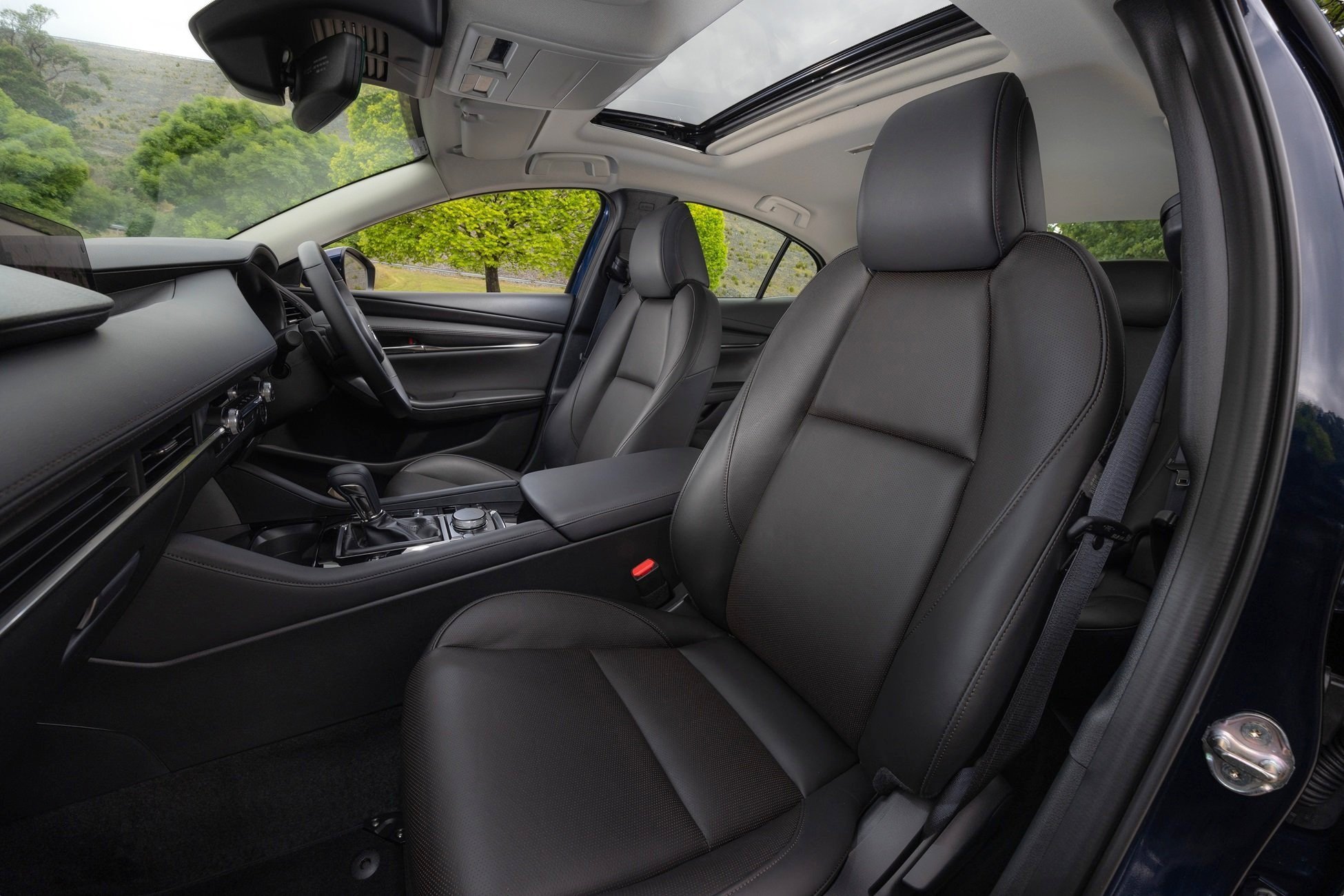




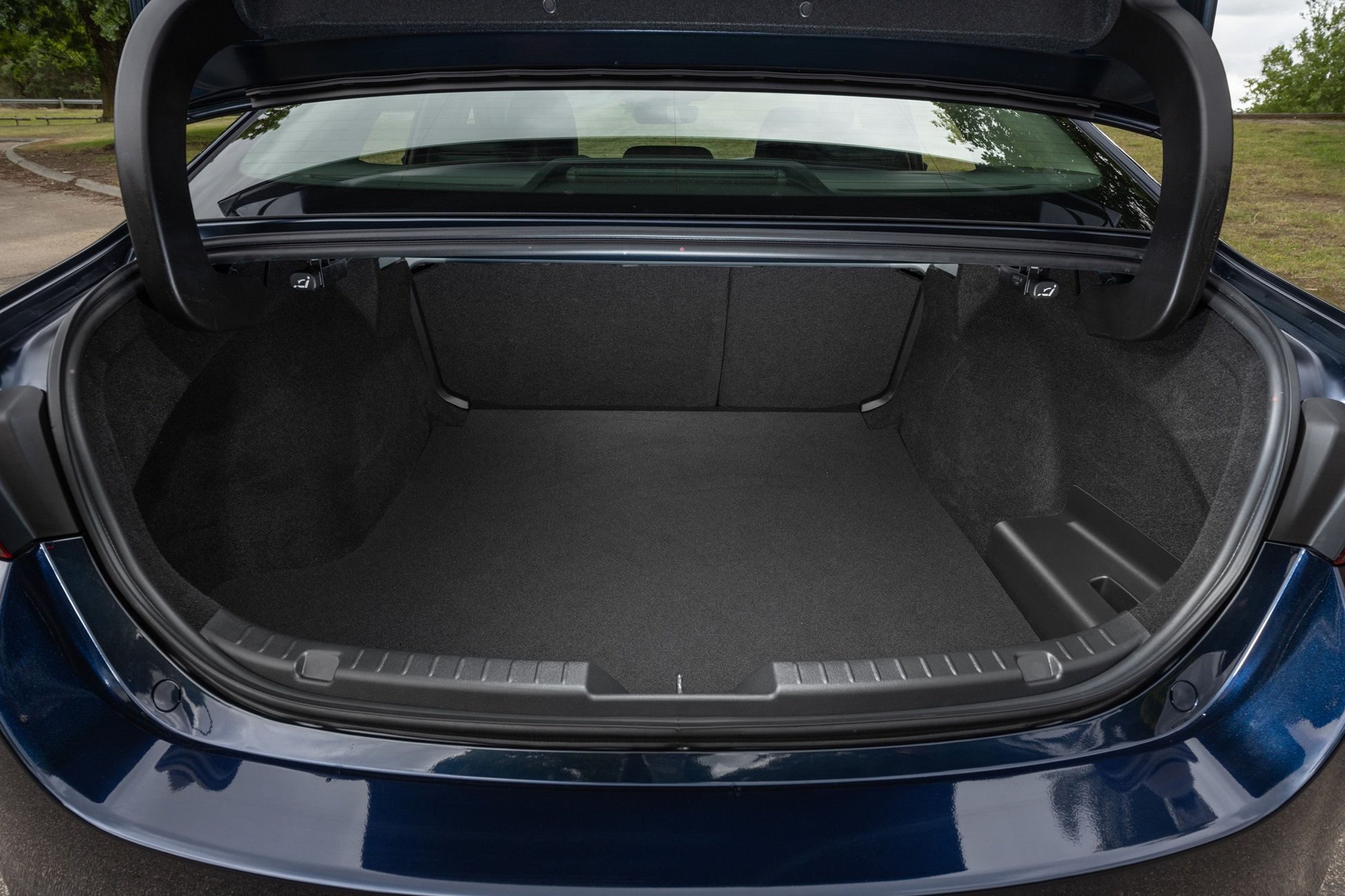
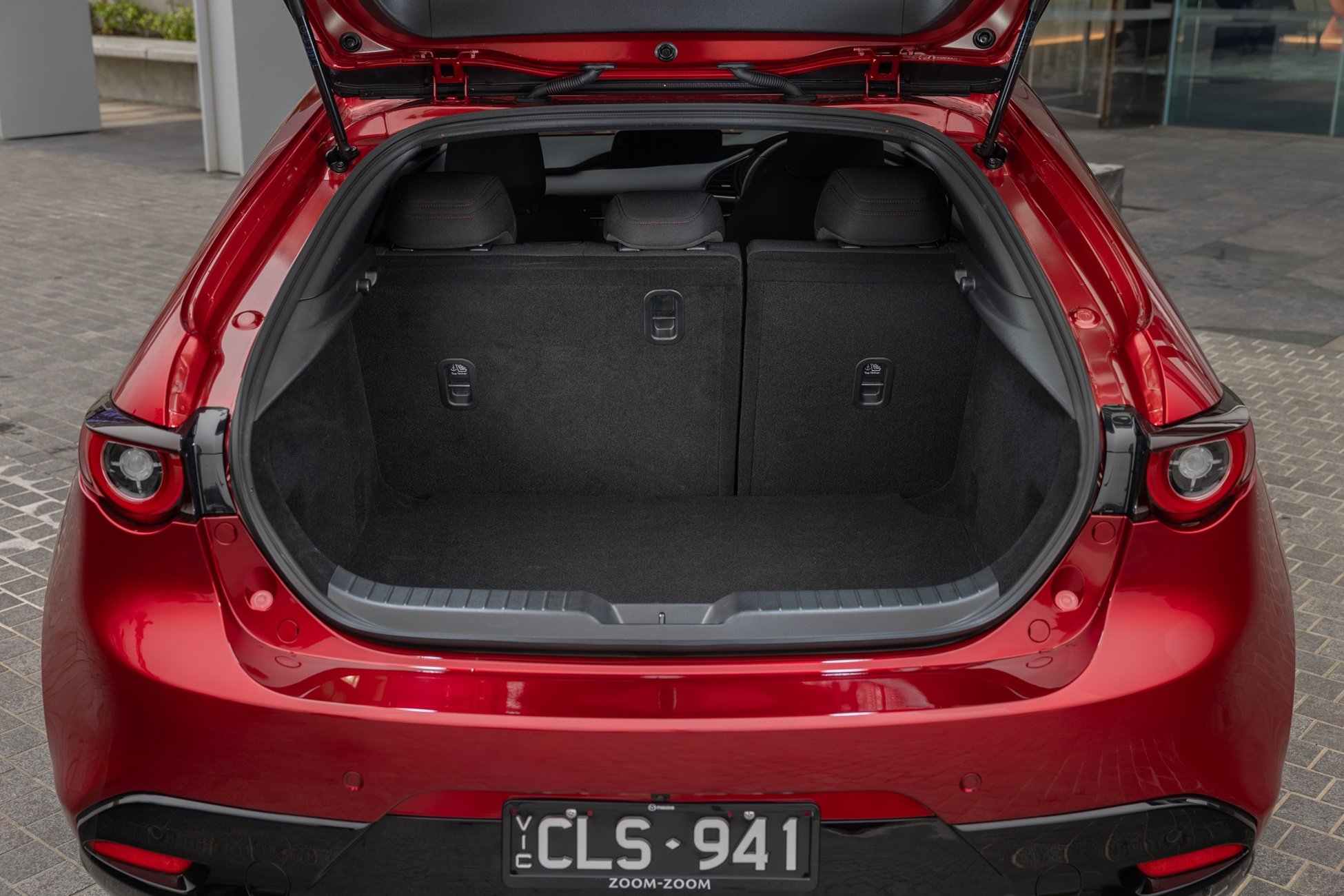






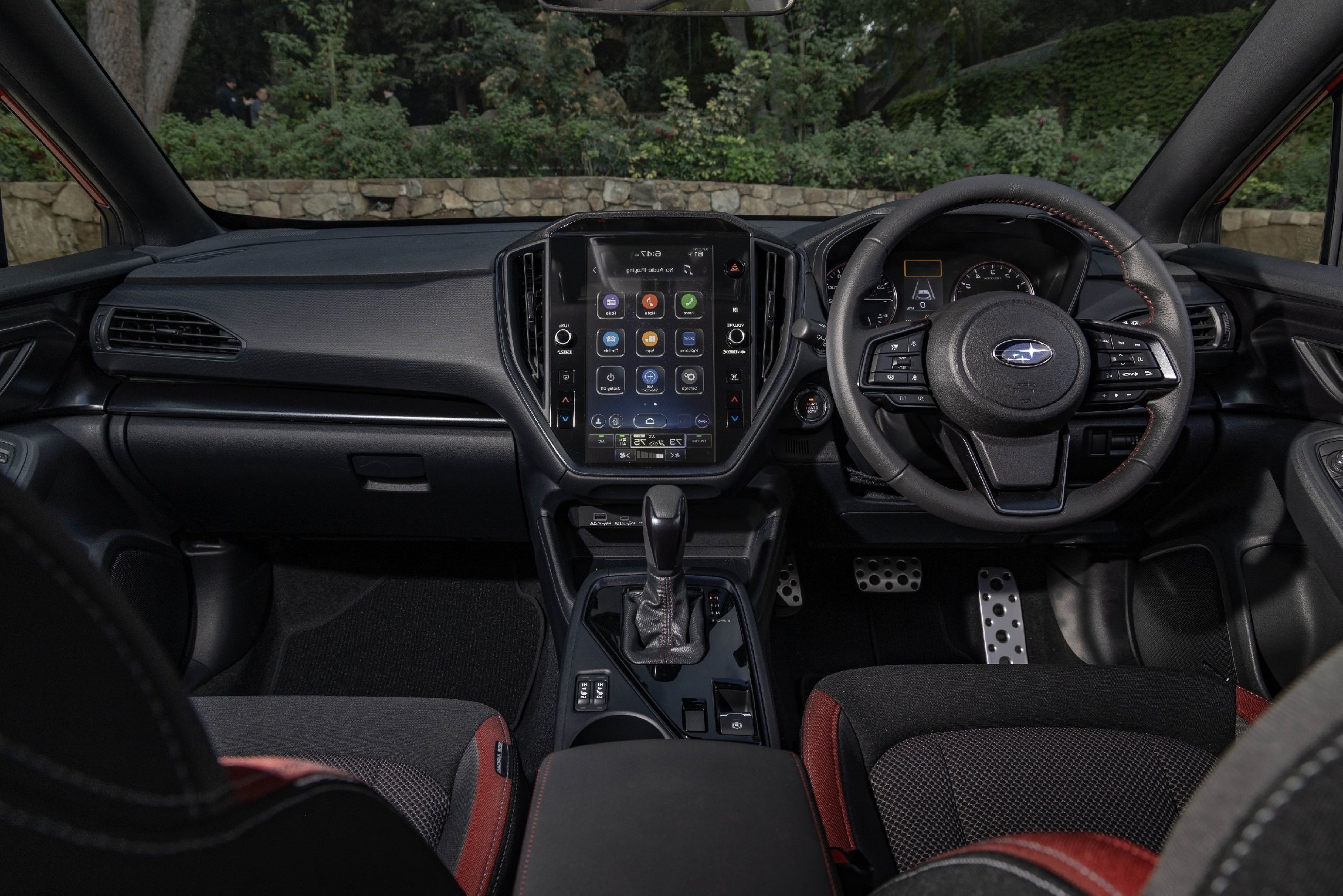
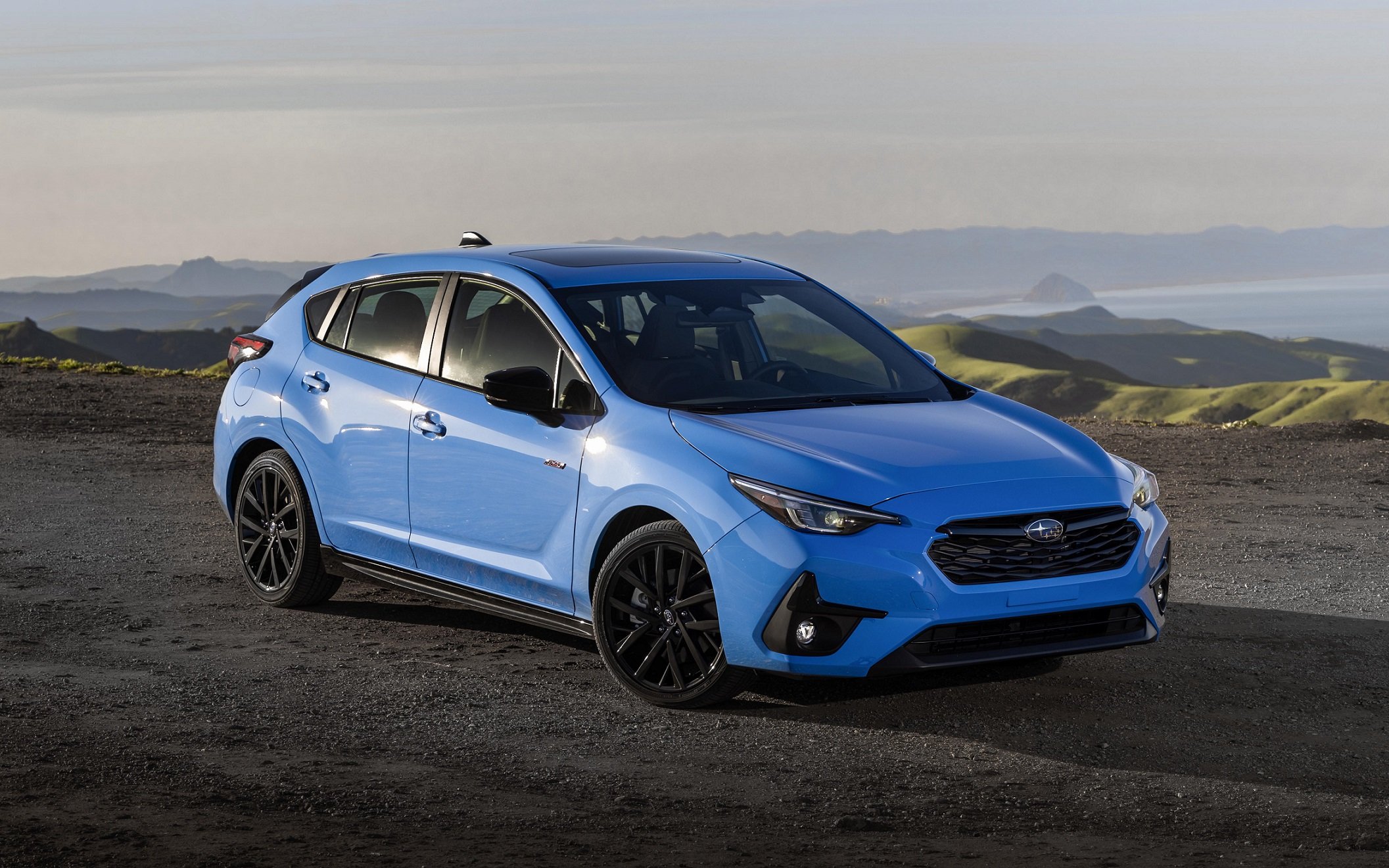
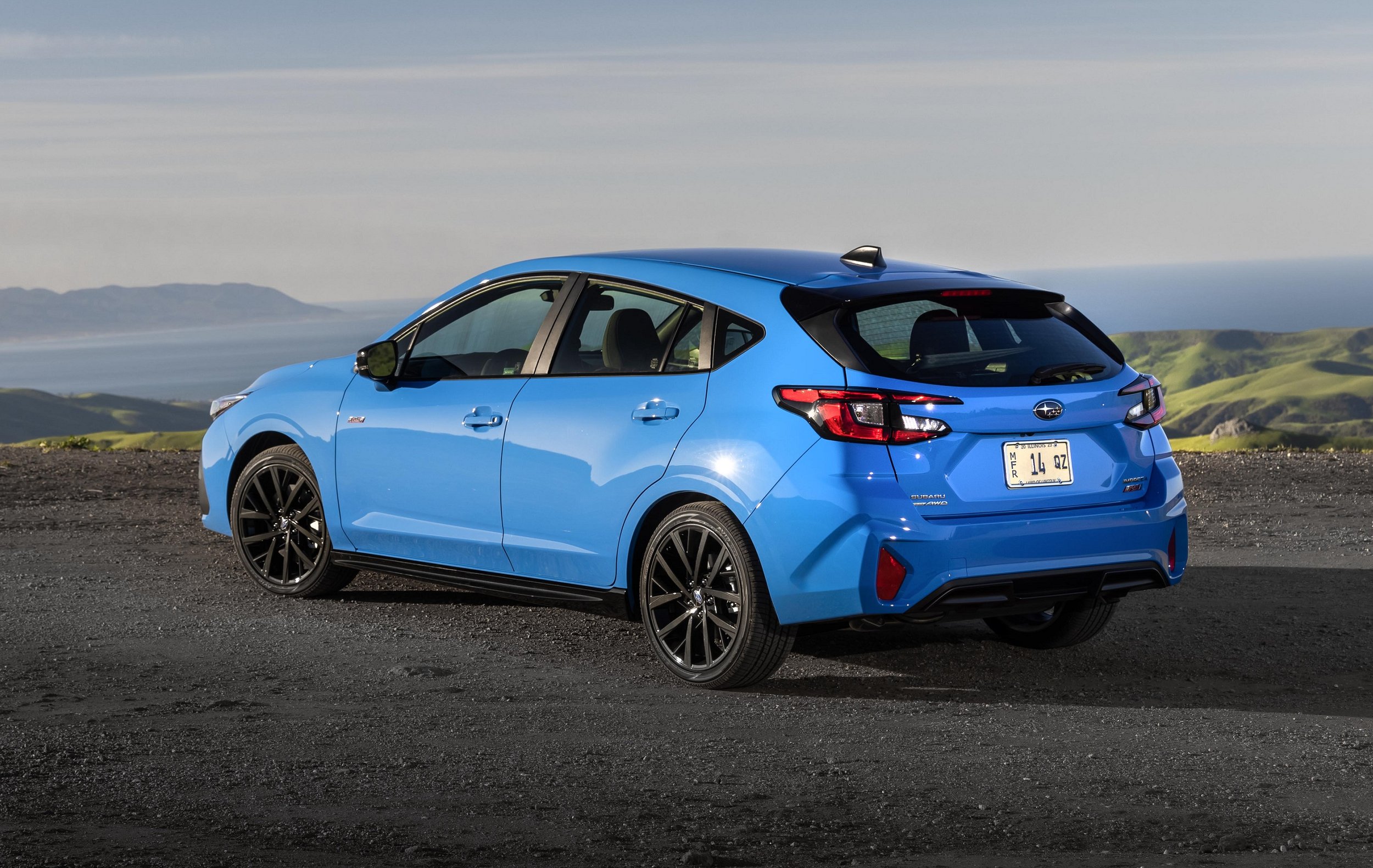
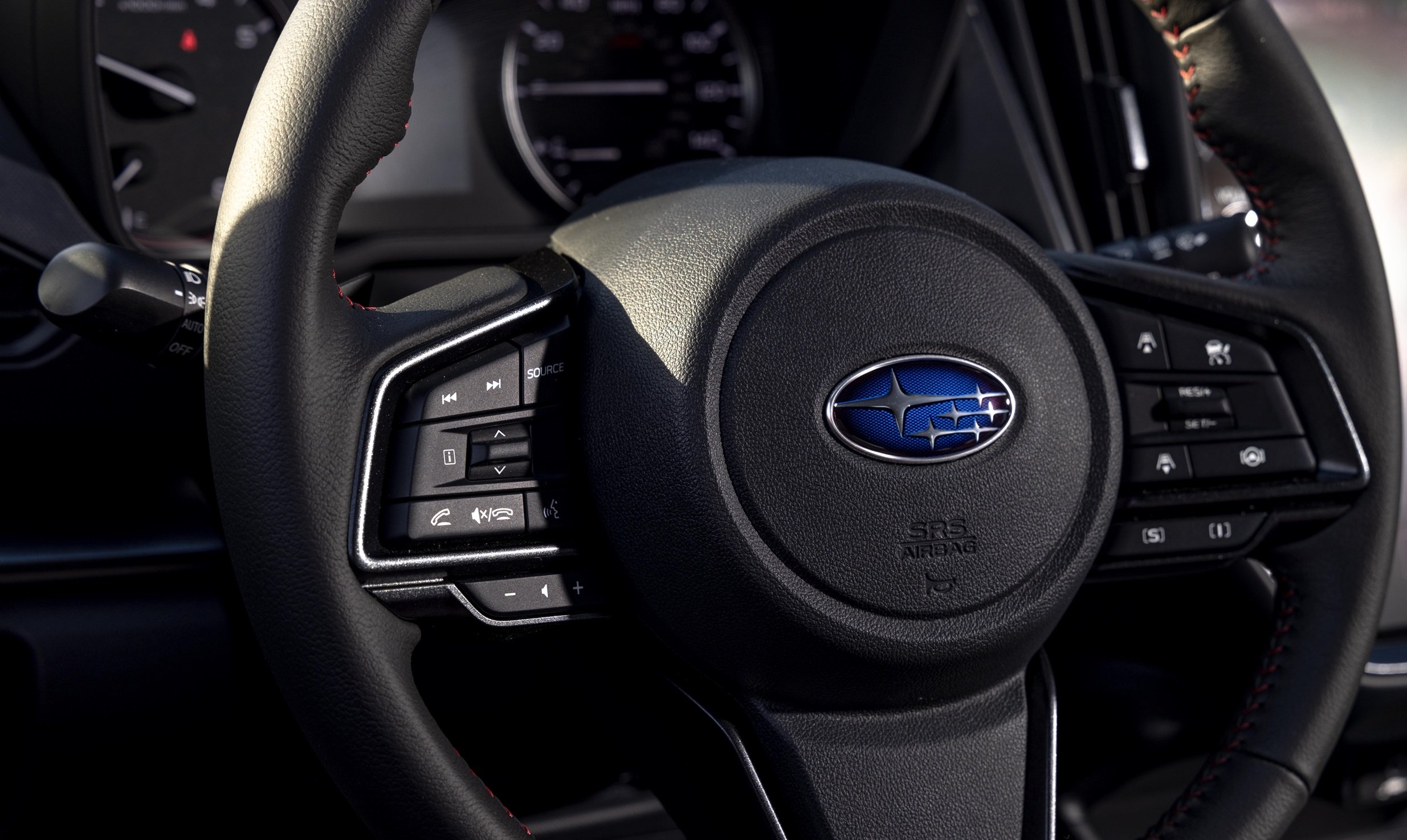
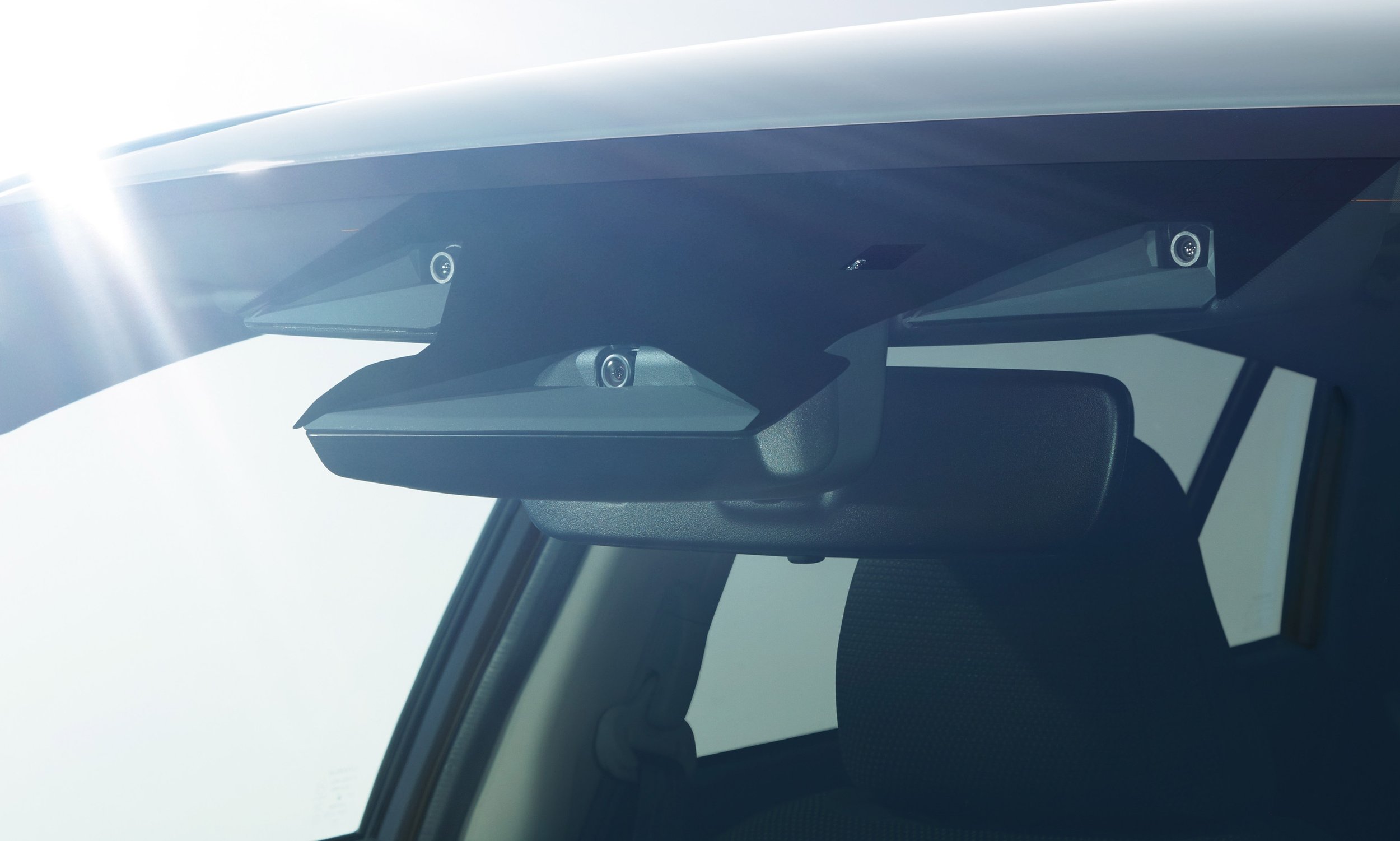

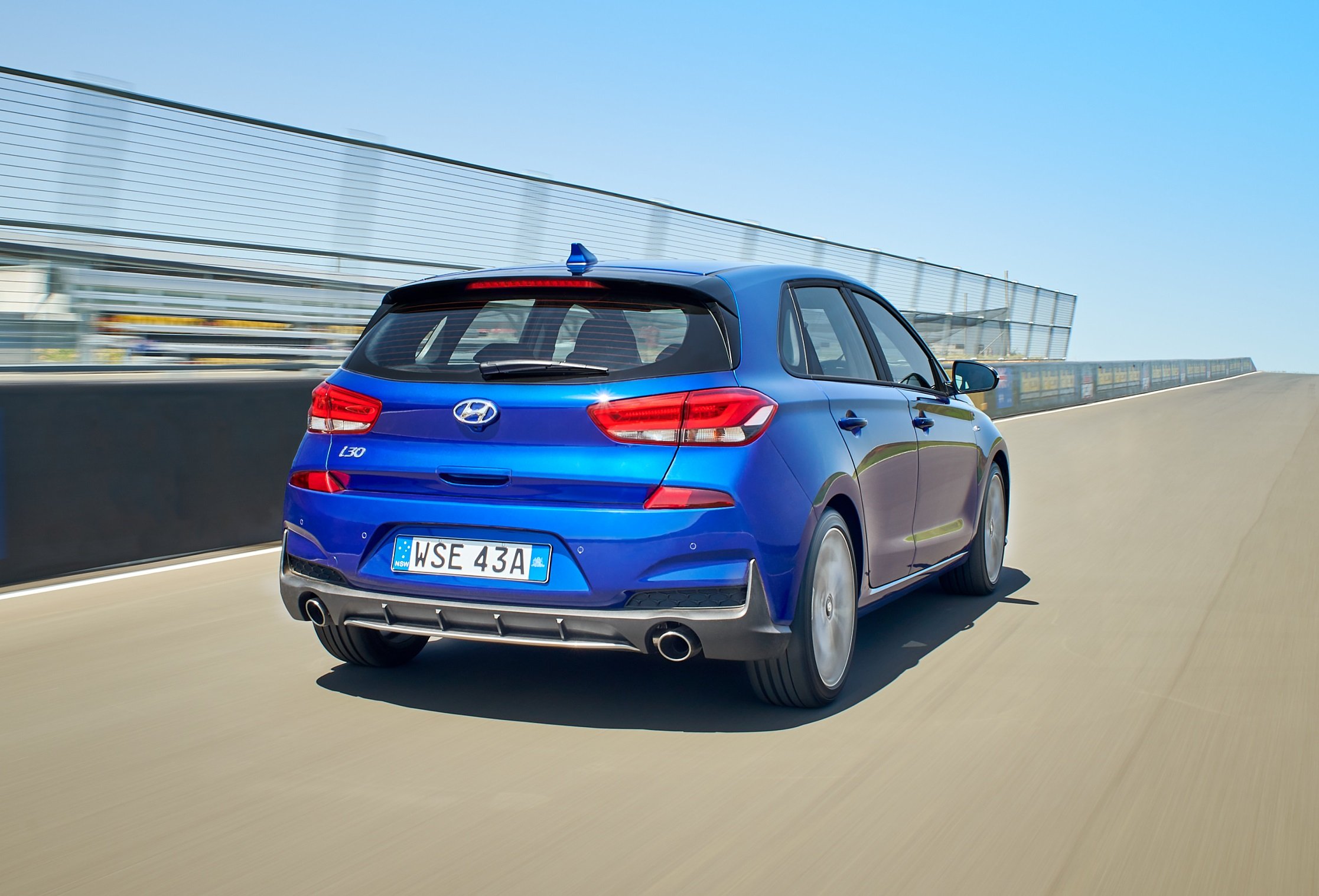
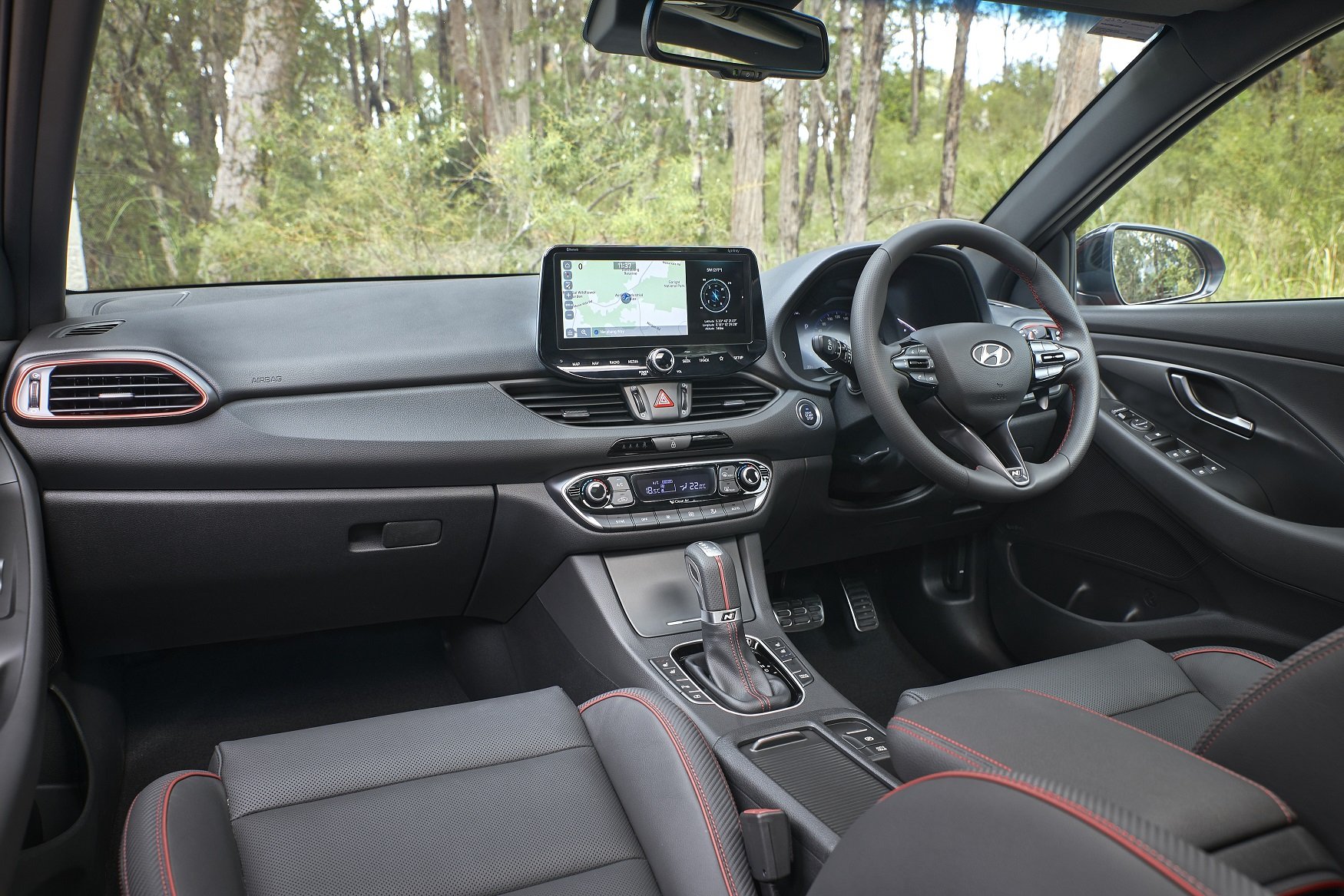
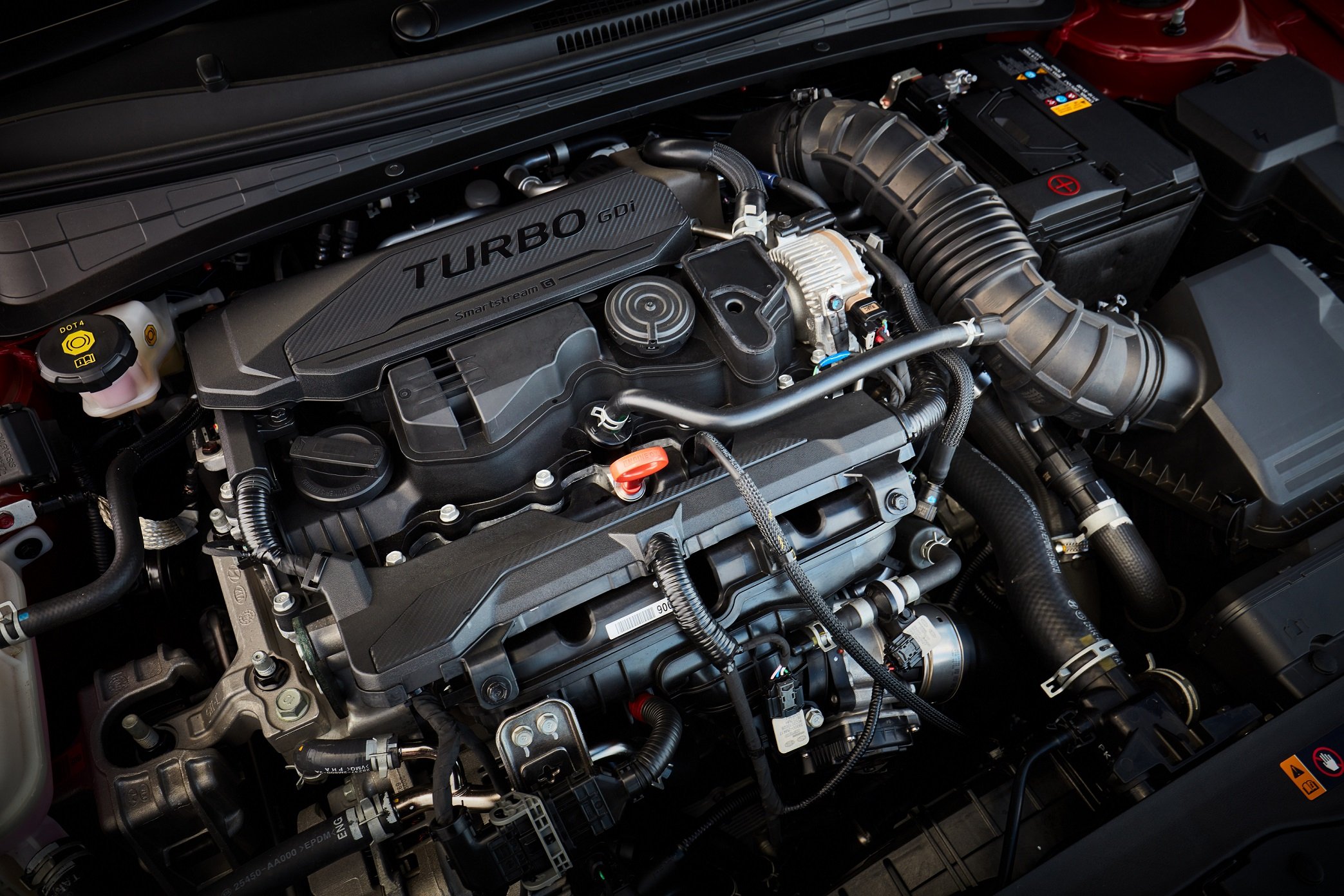
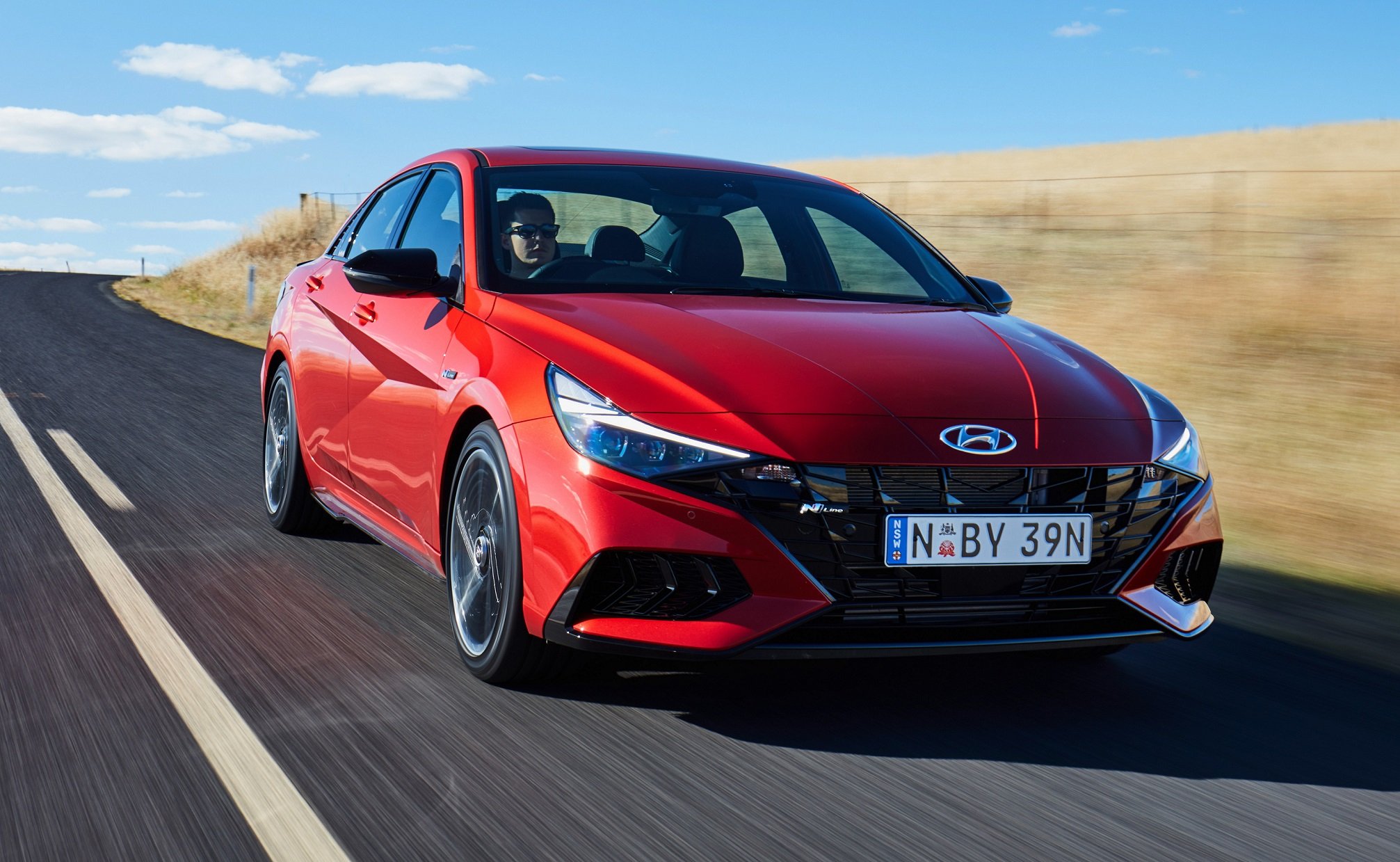
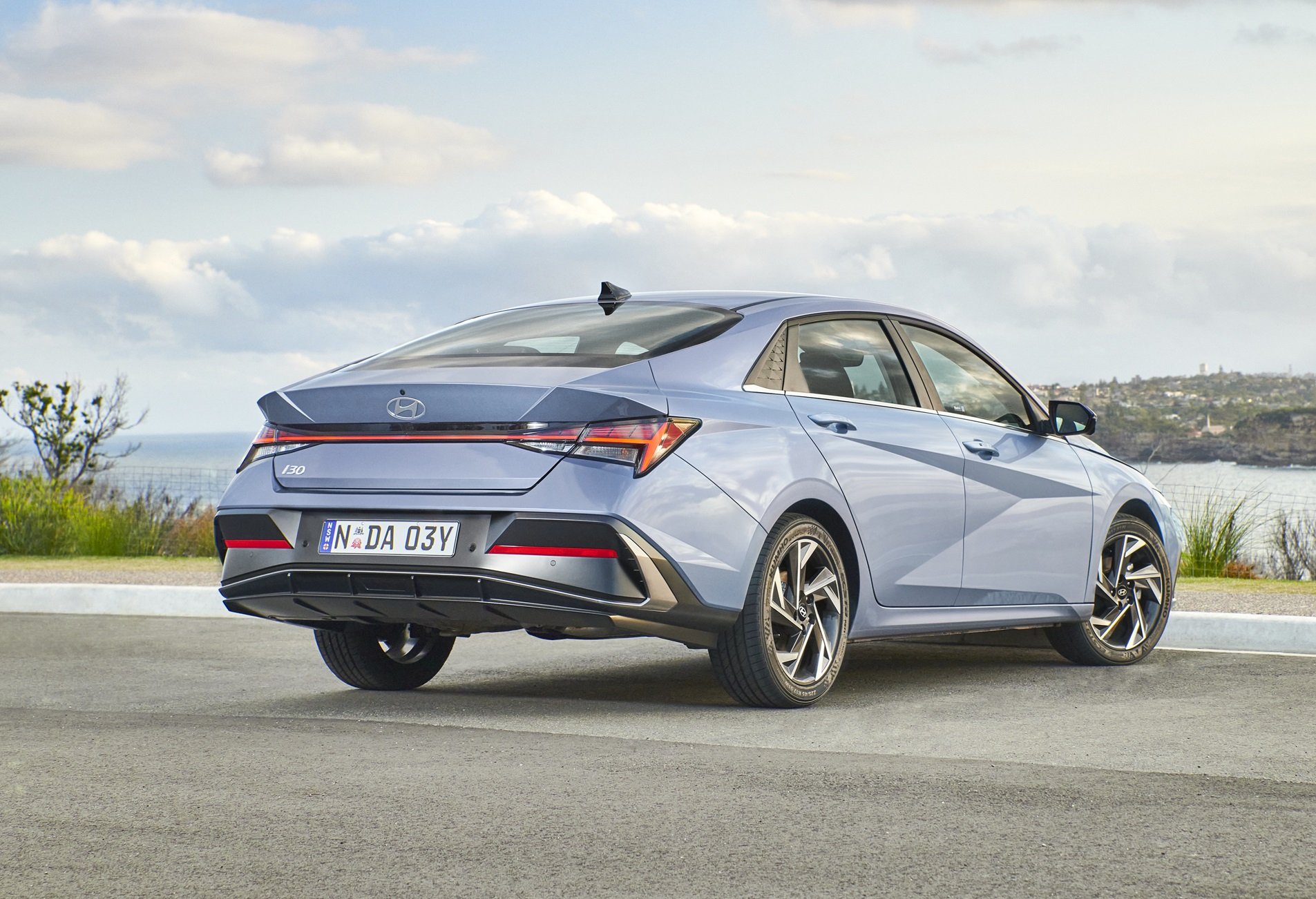
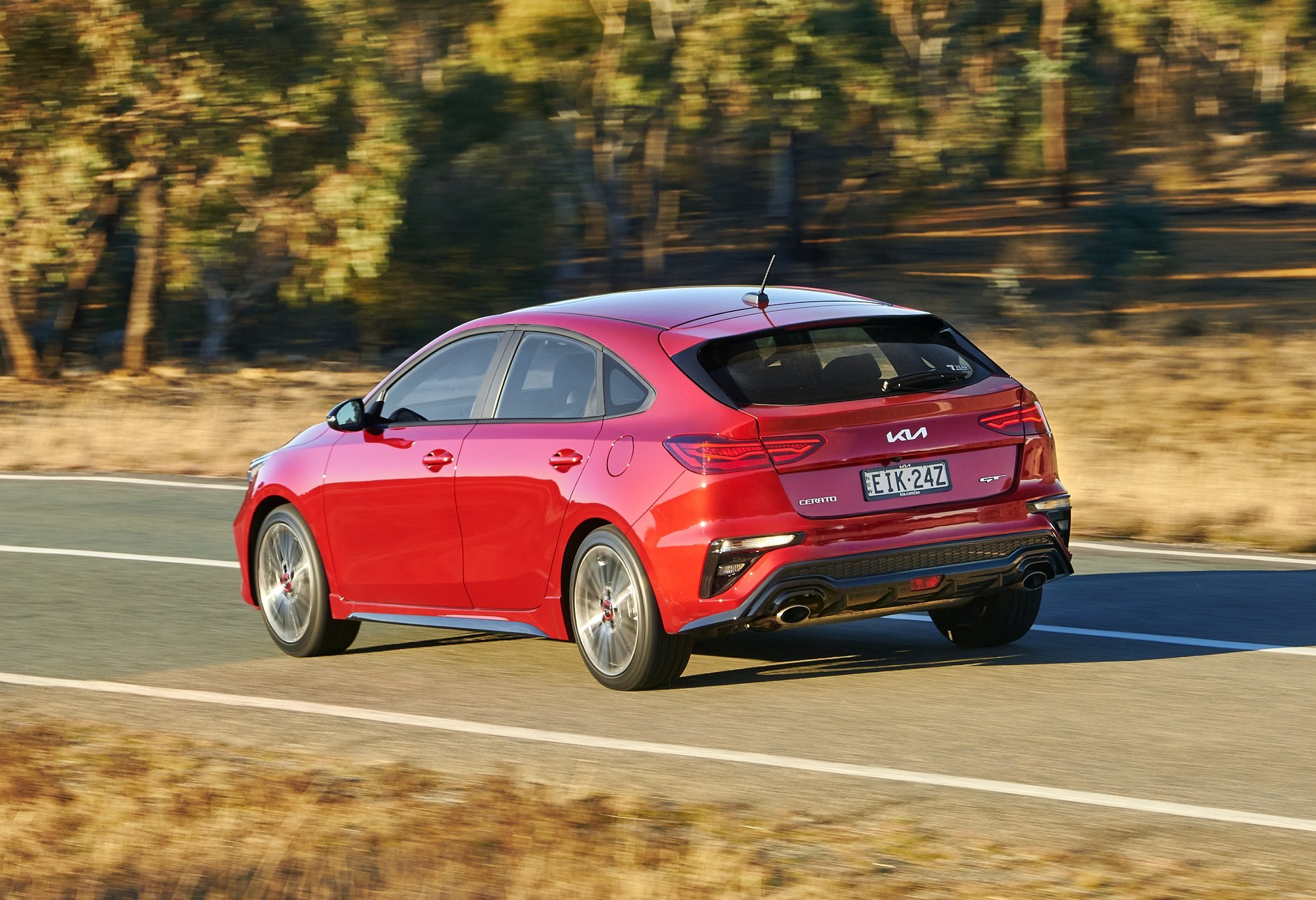
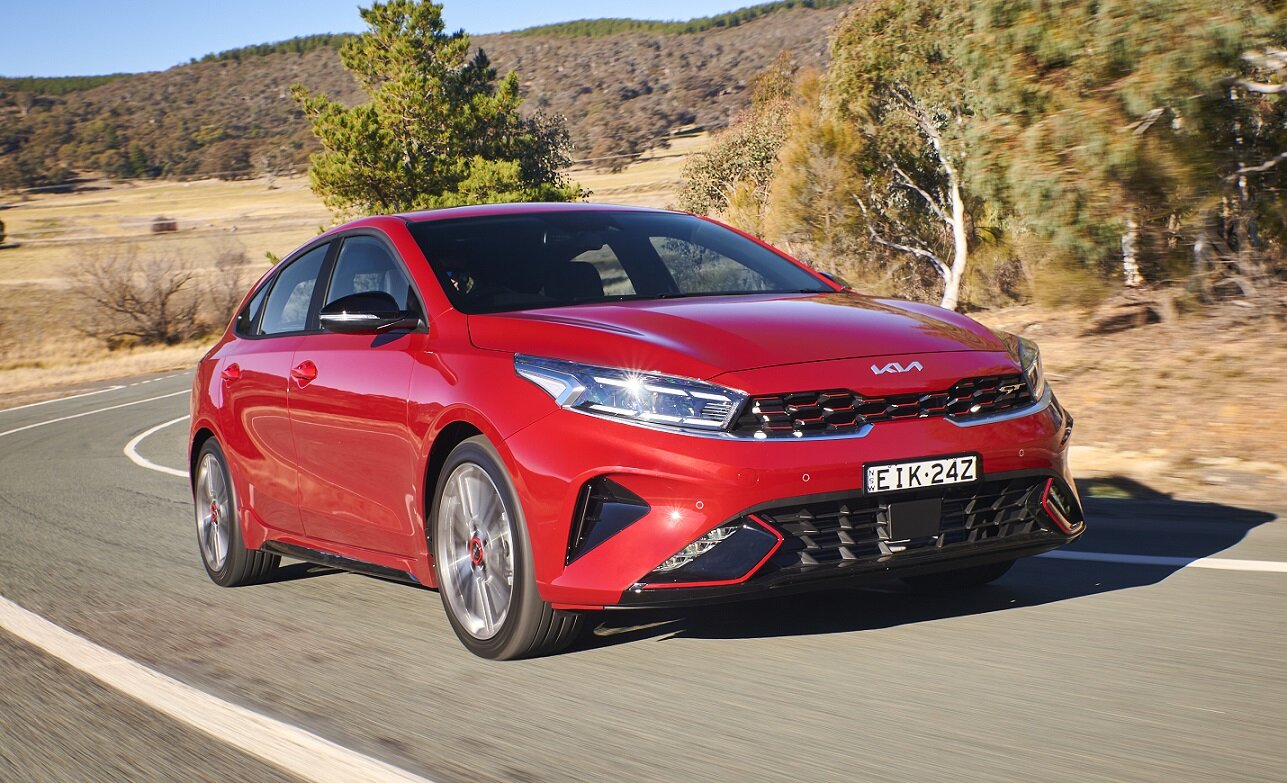
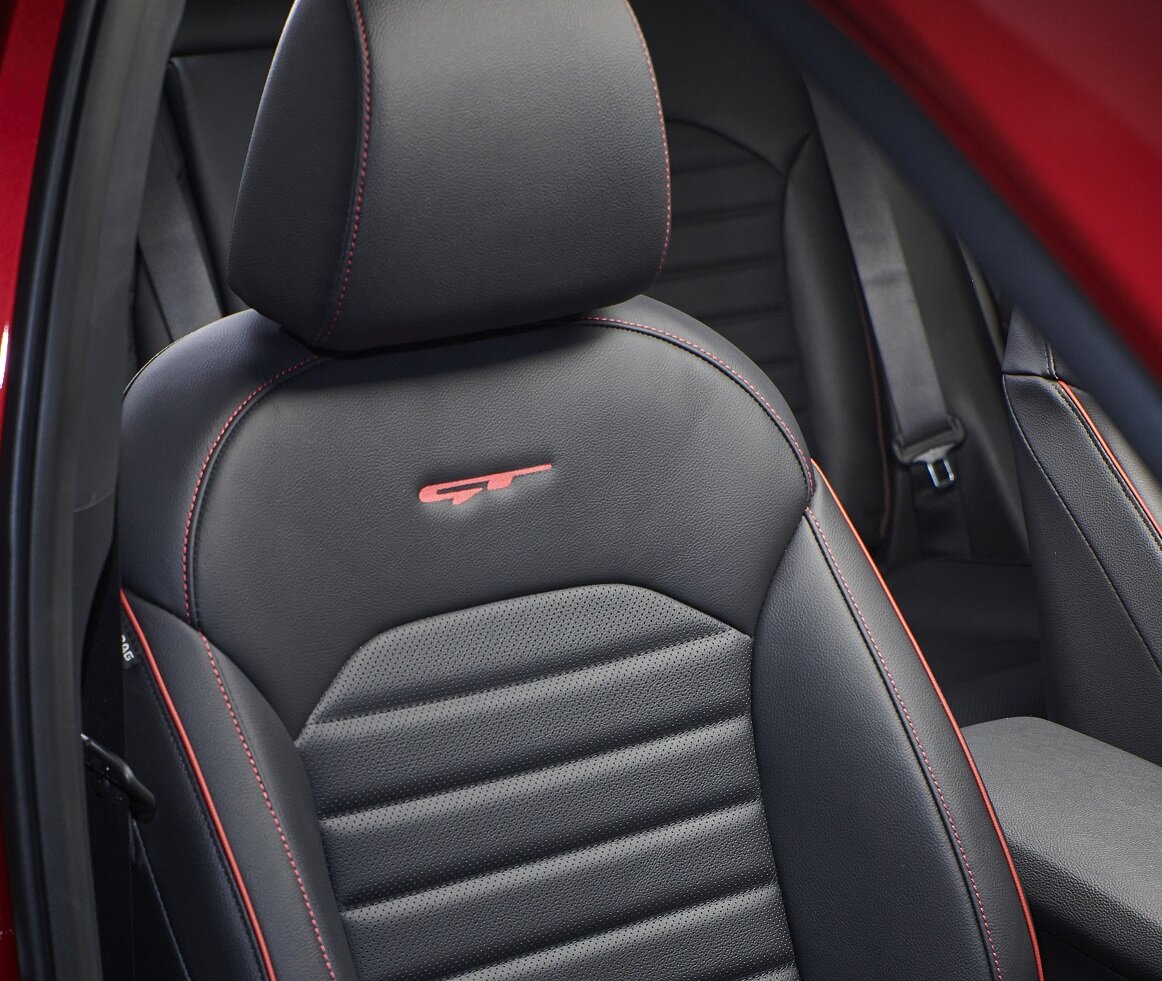

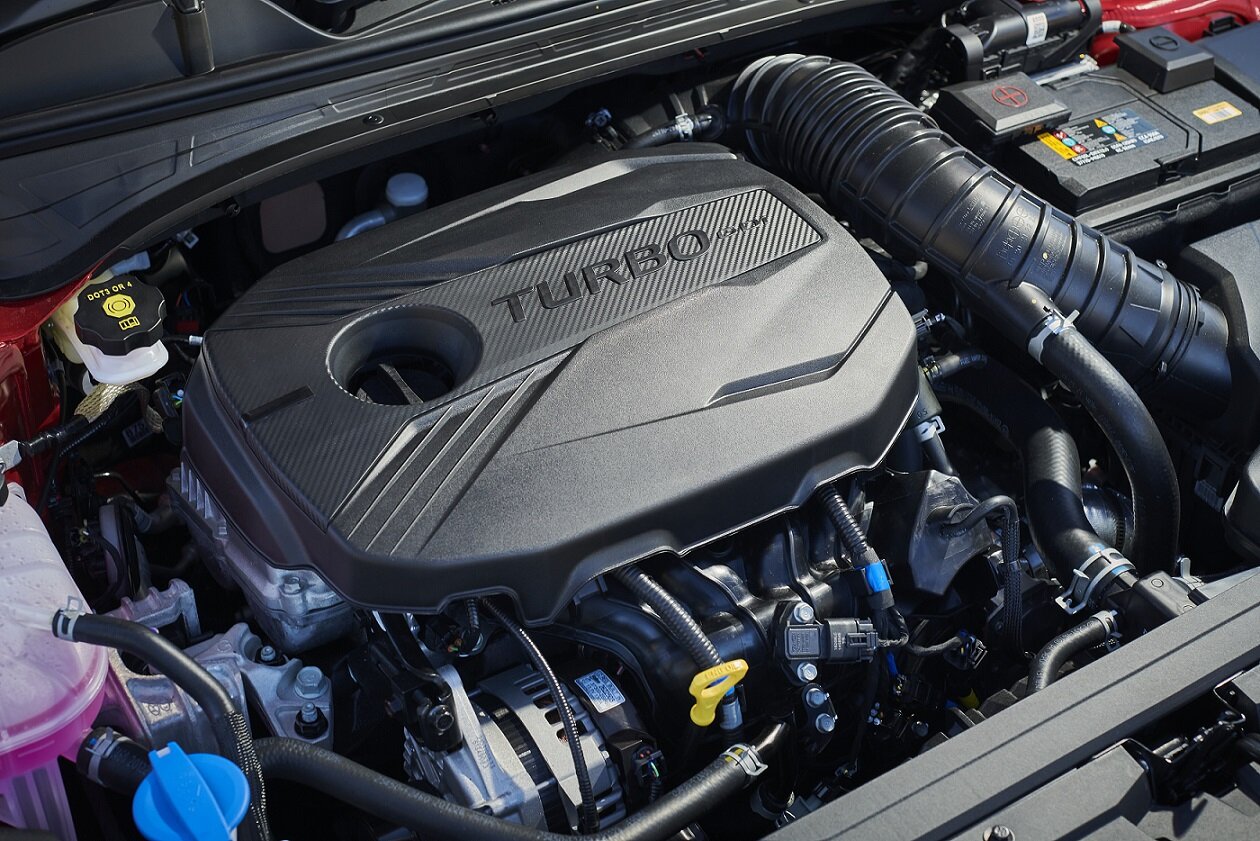
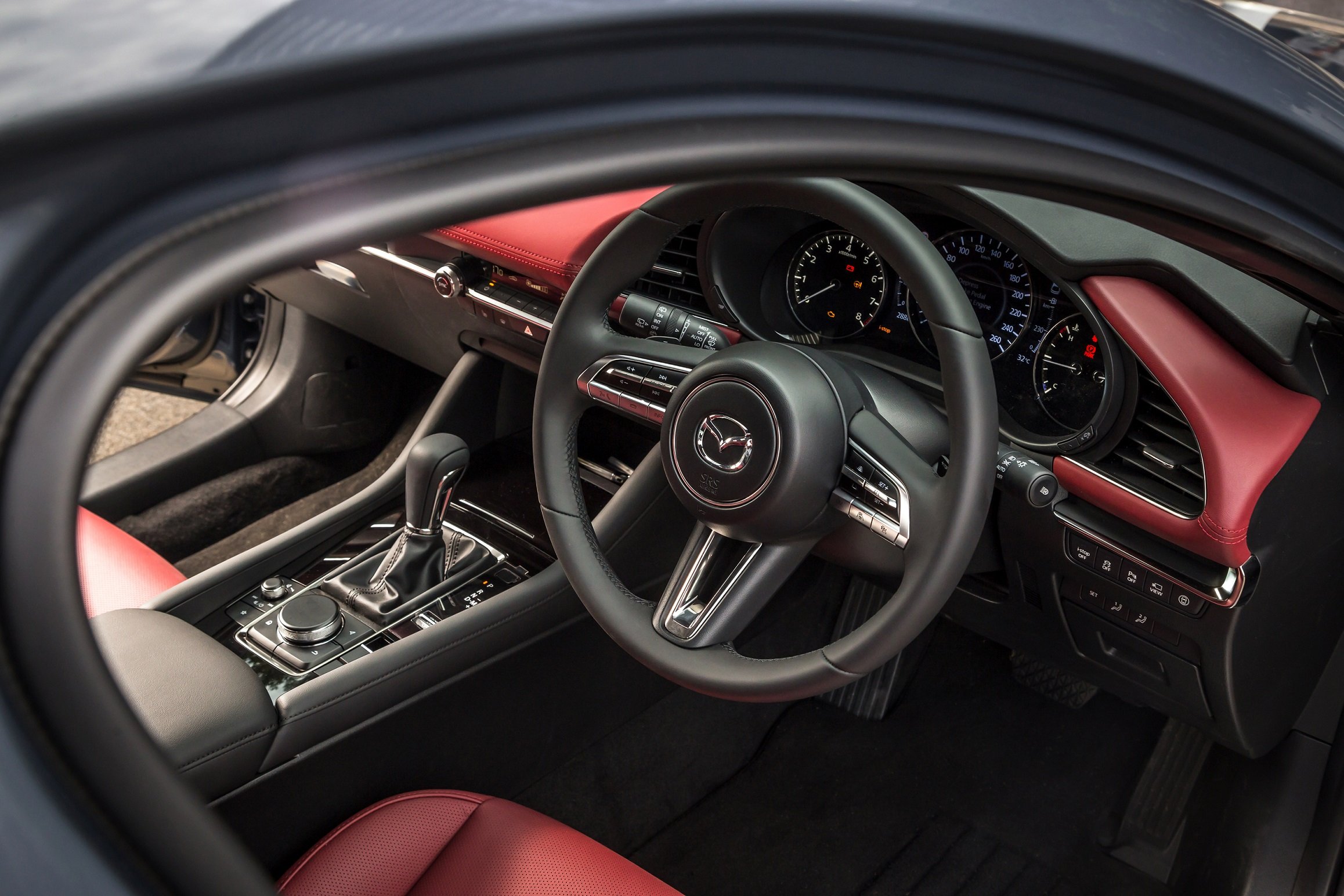

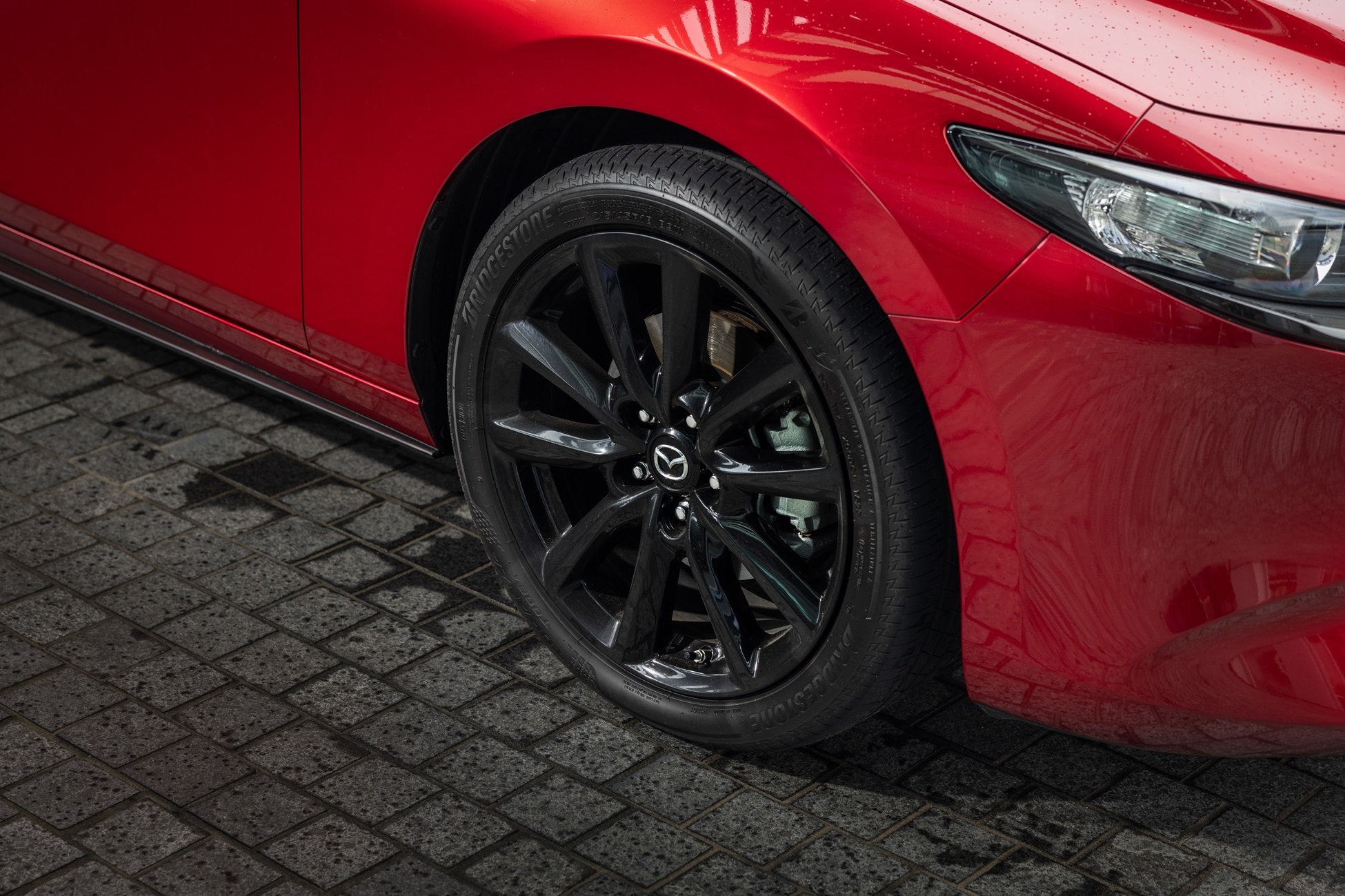
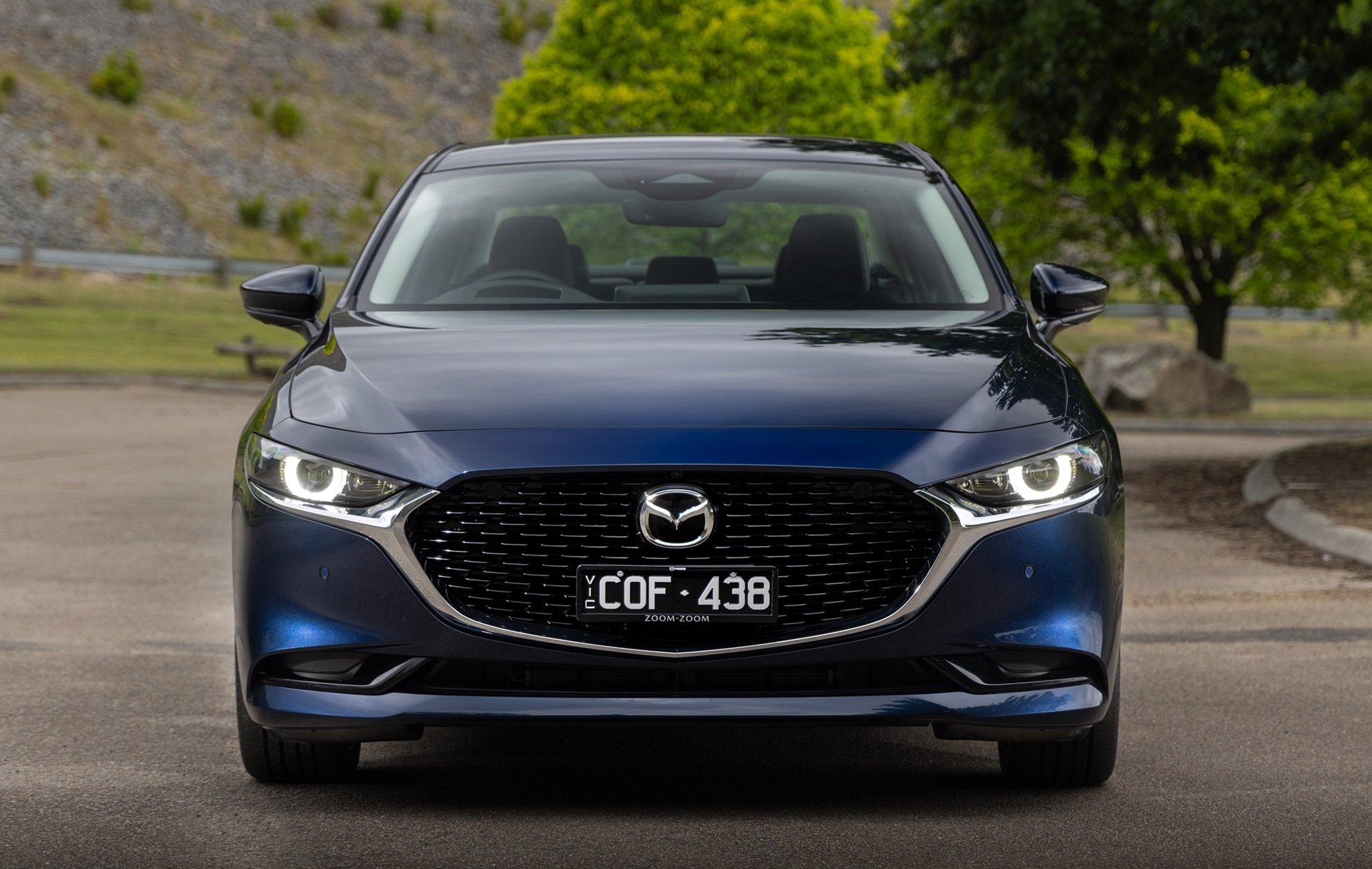




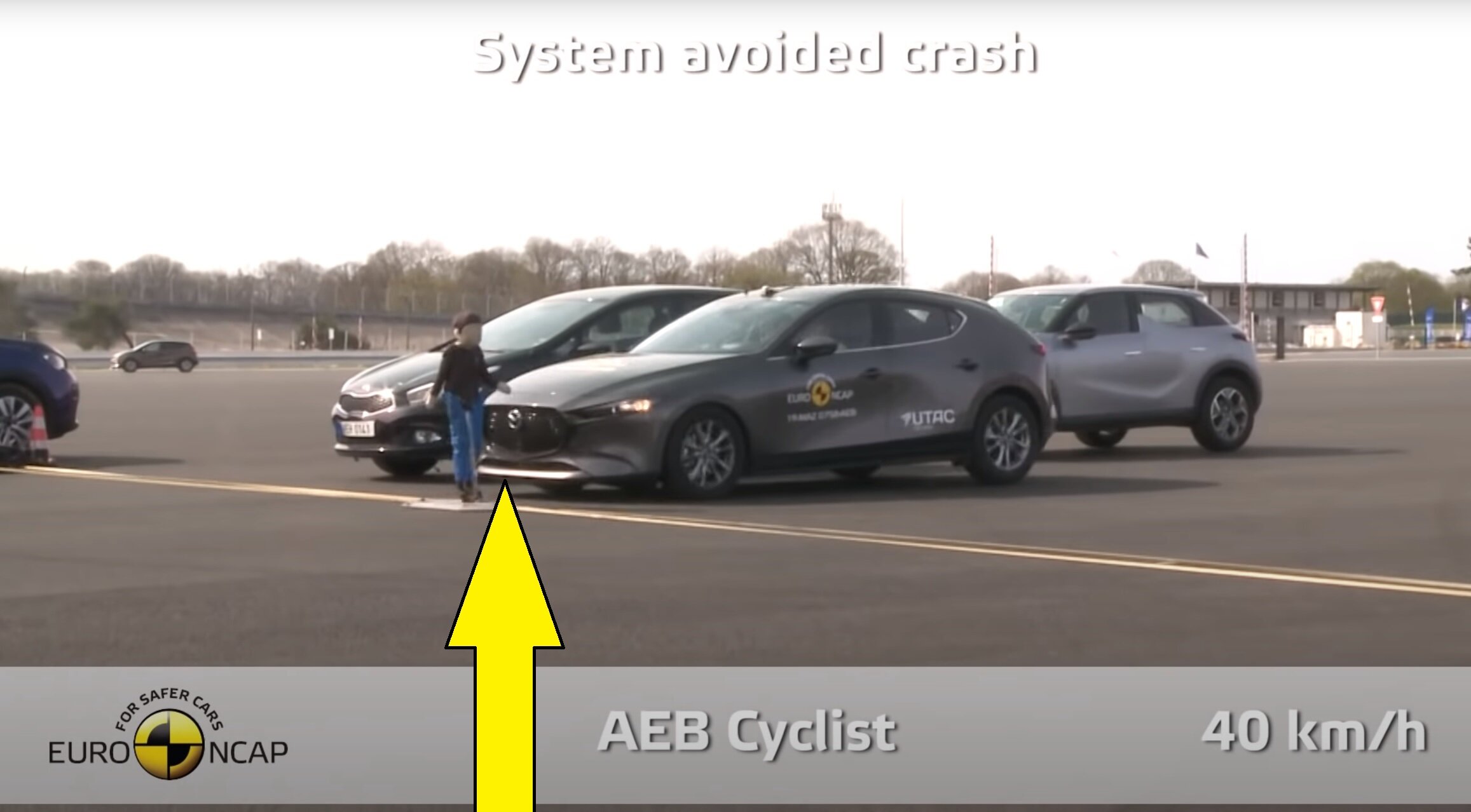

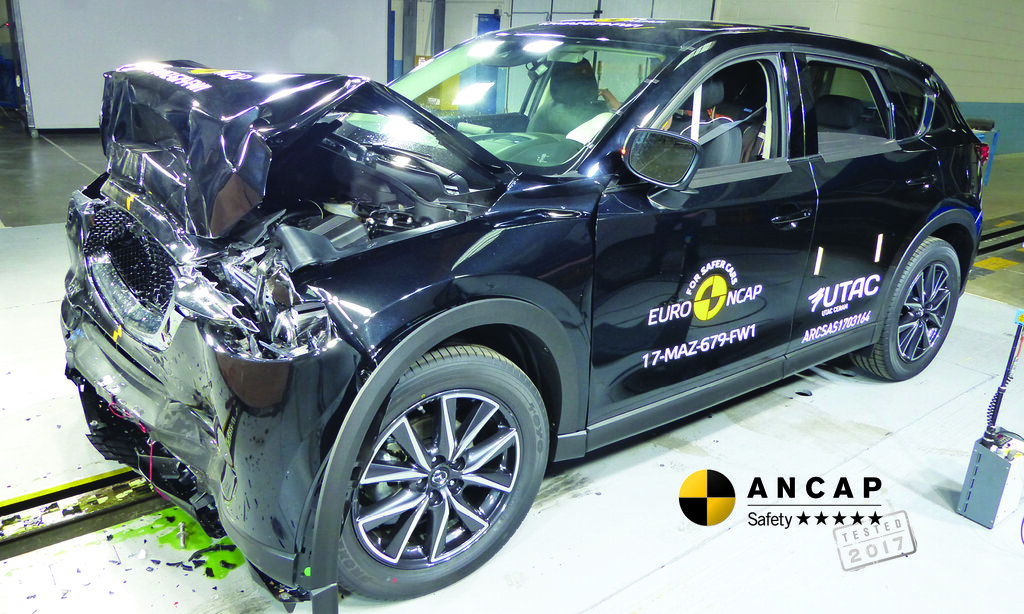
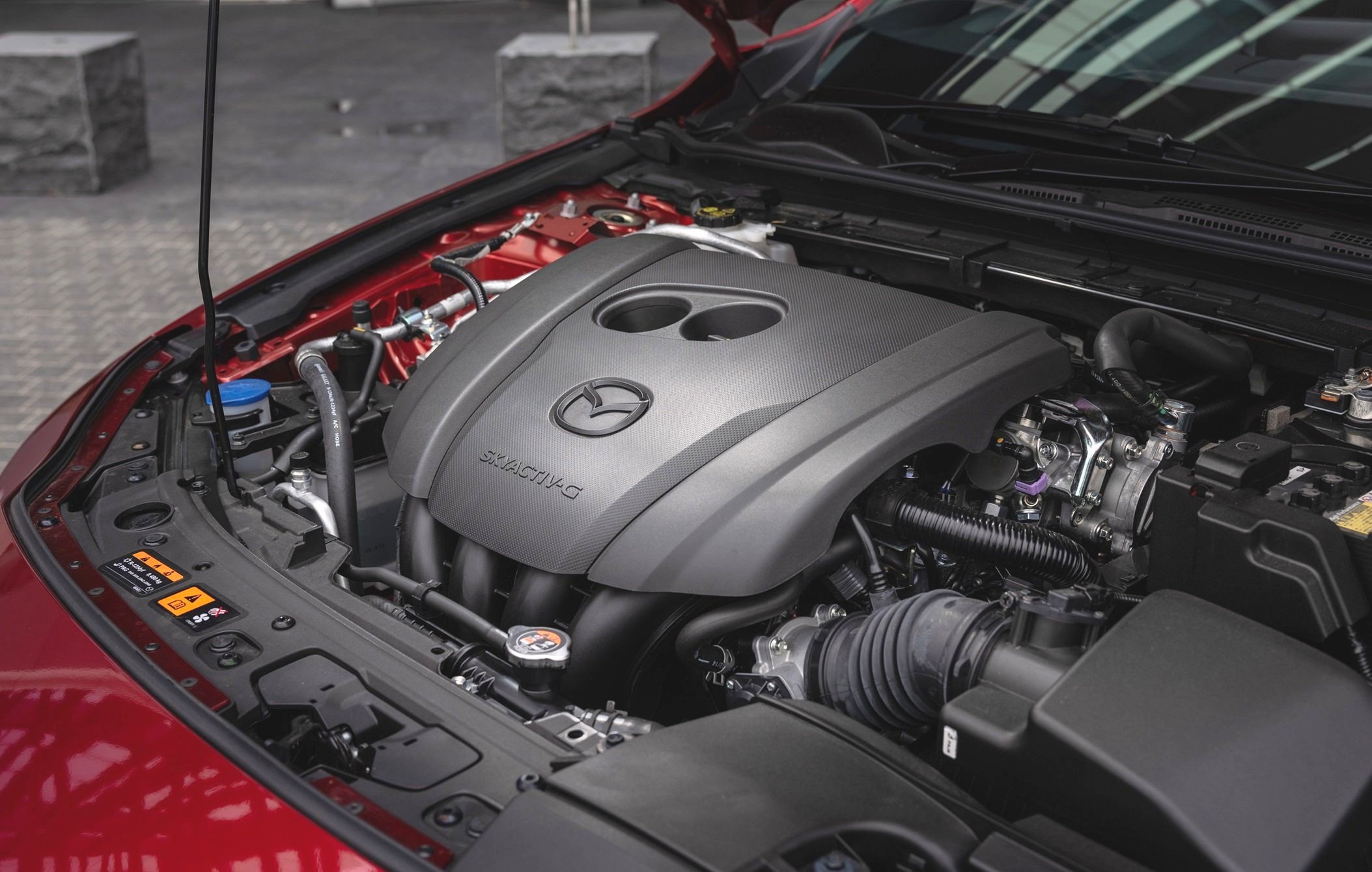
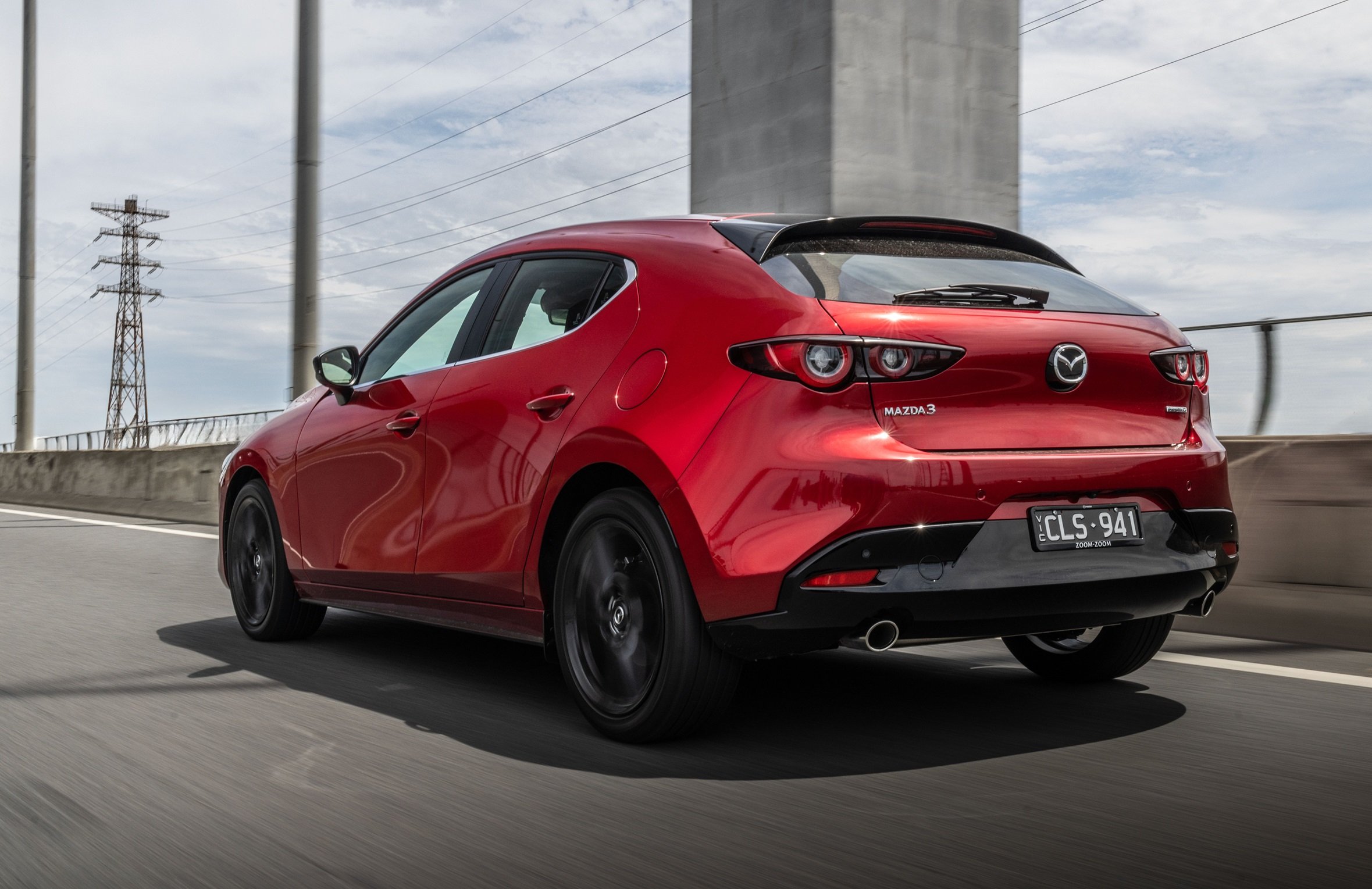

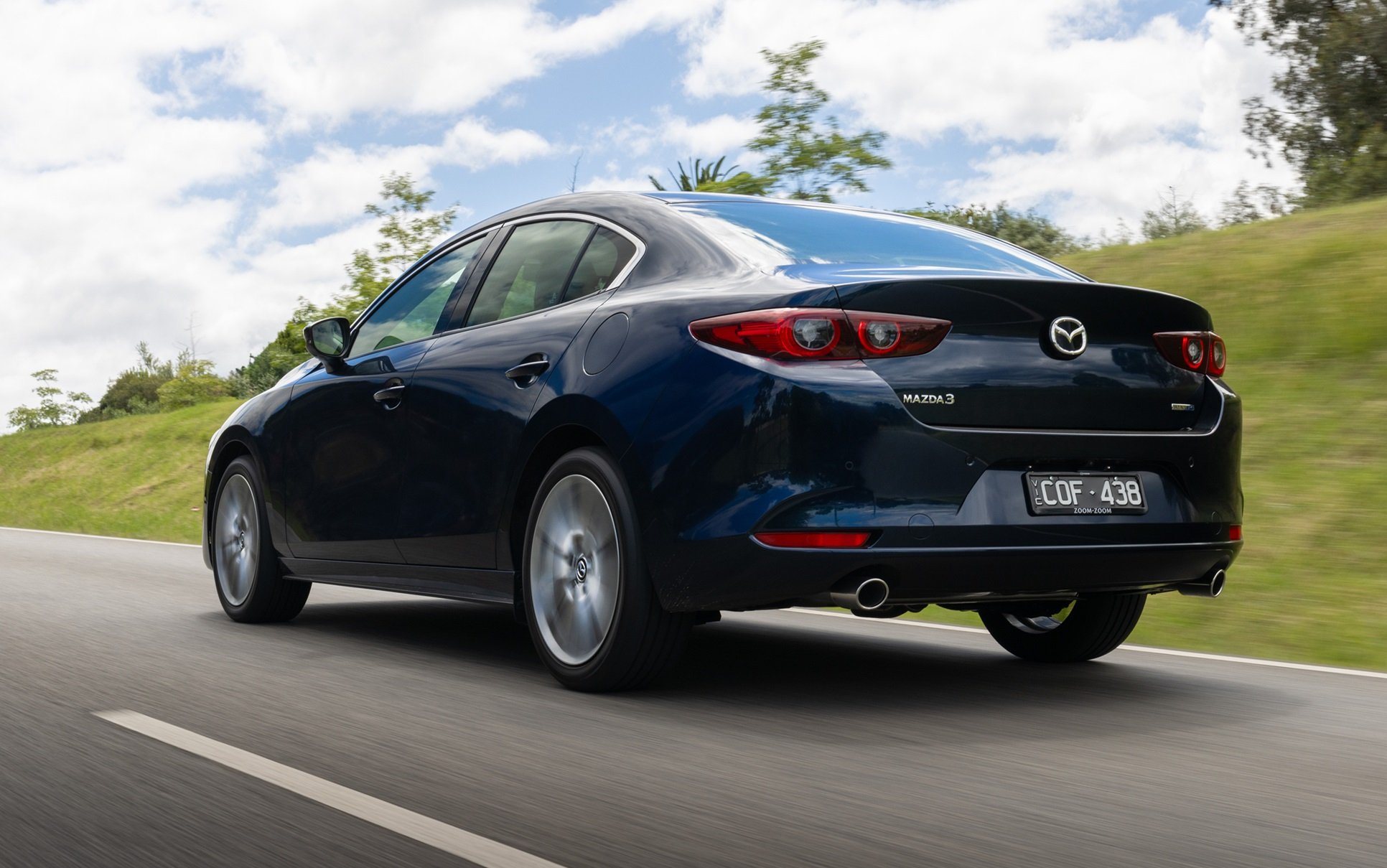

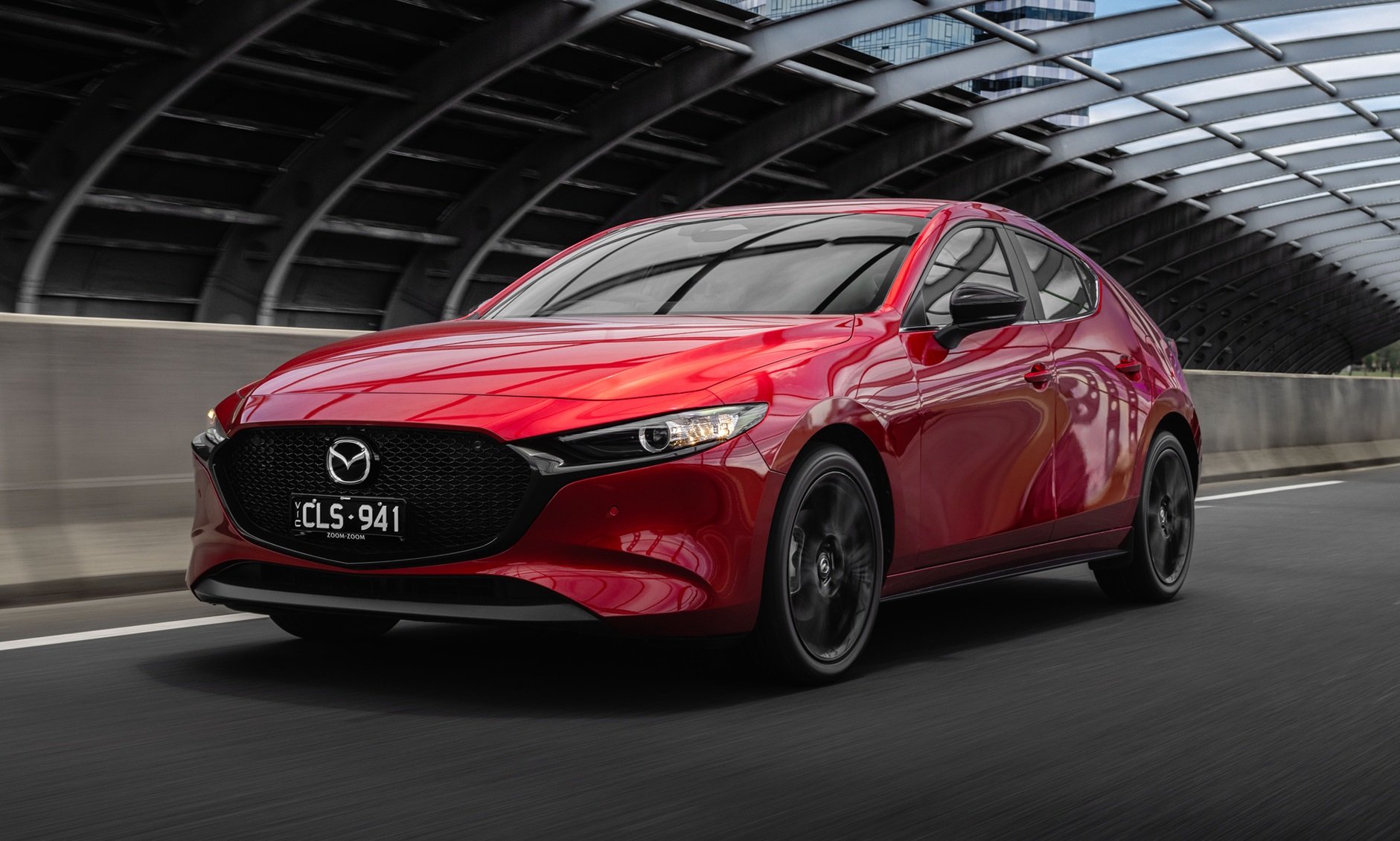








Still considering an SUV? The Kia Cerato is a solid value proposition, which could save you thousands while offering greater space, more features and build quality as good as any Toyota Corolla or Mazda 3. There’s even an affordable performance version. Let’s talk about Cerato…